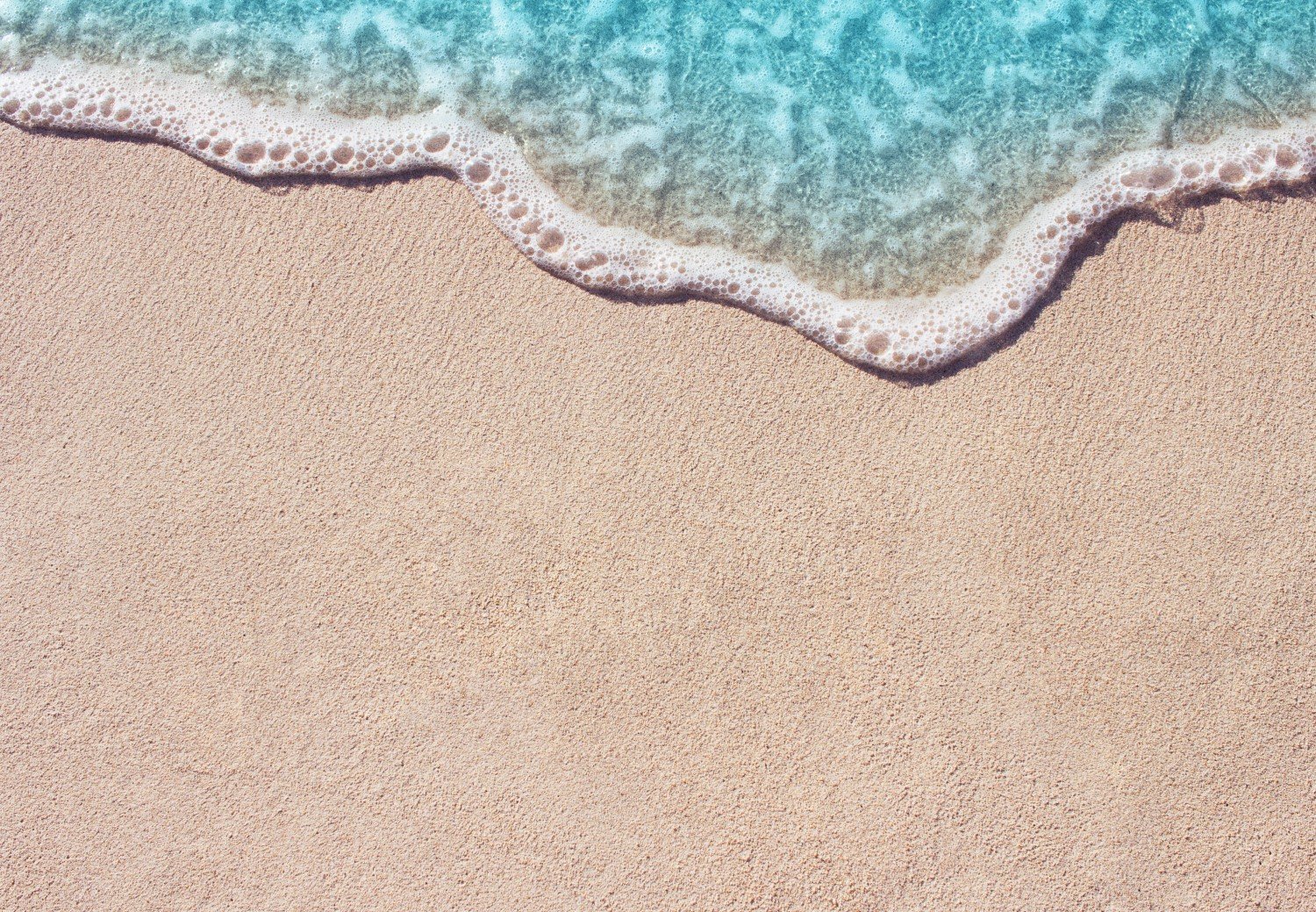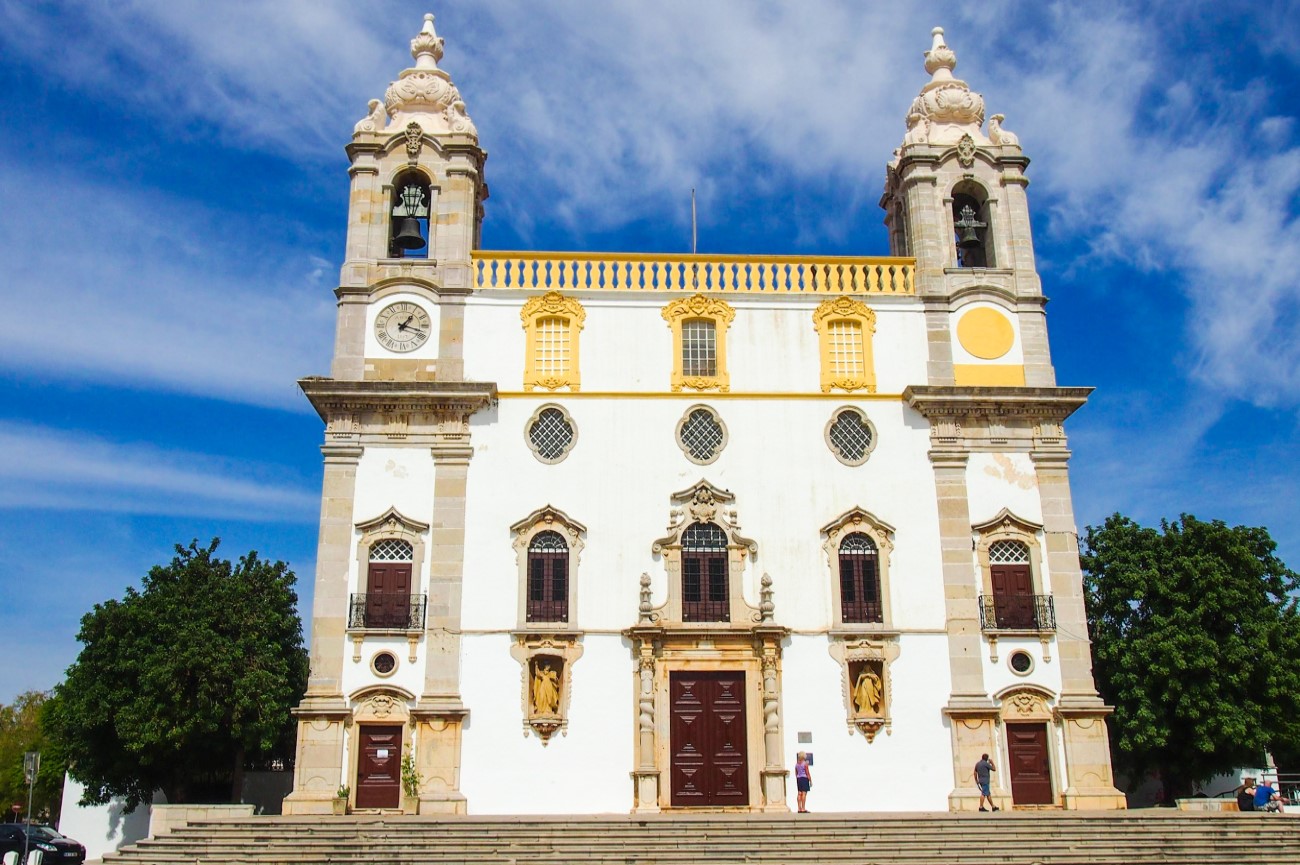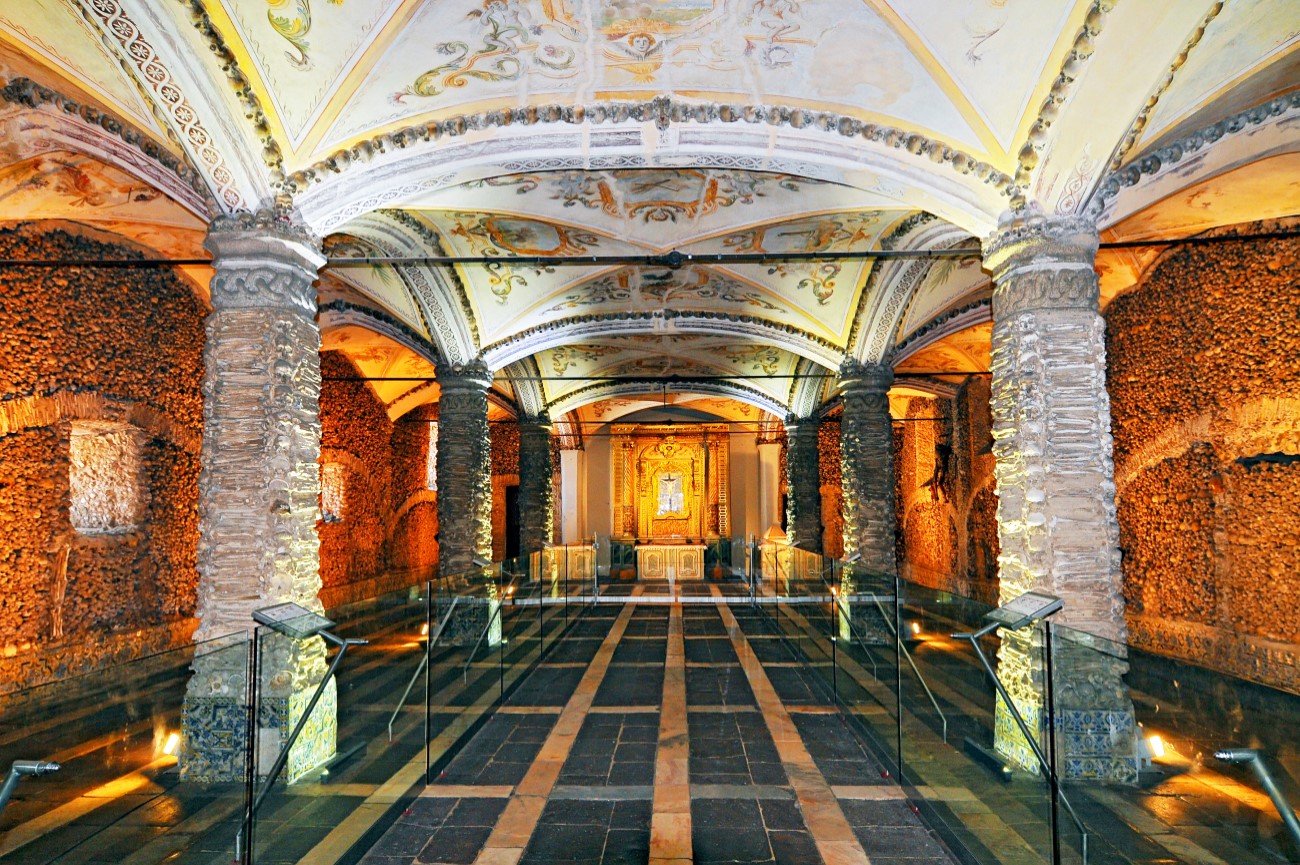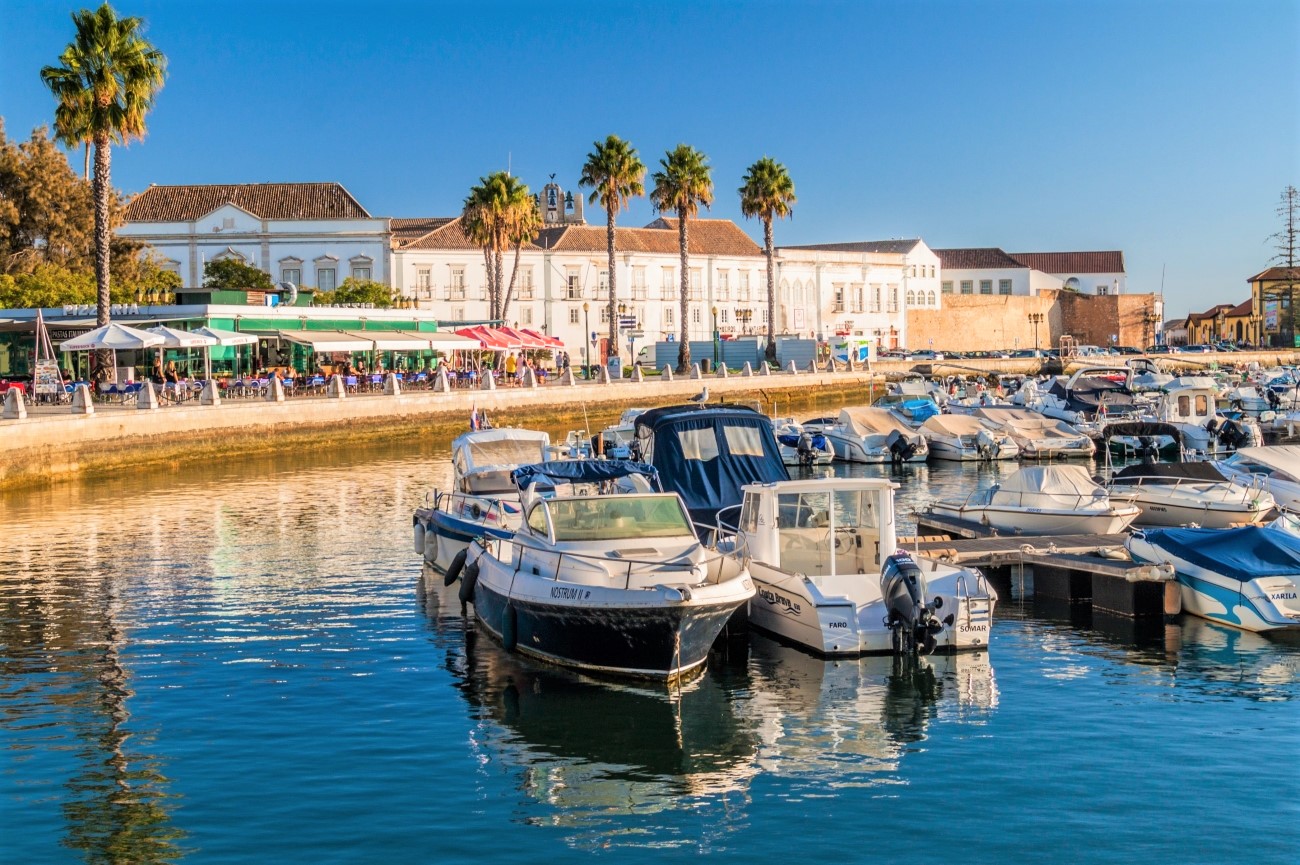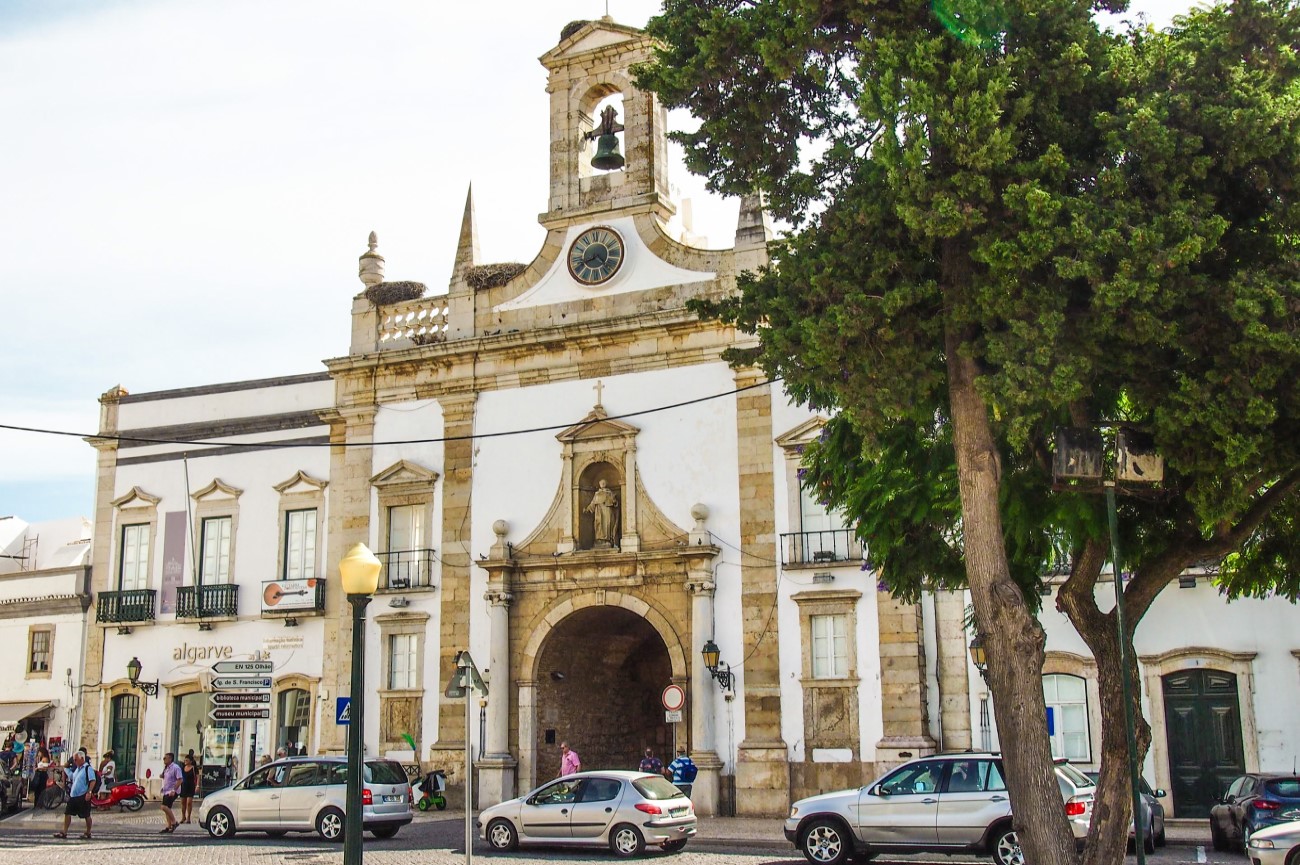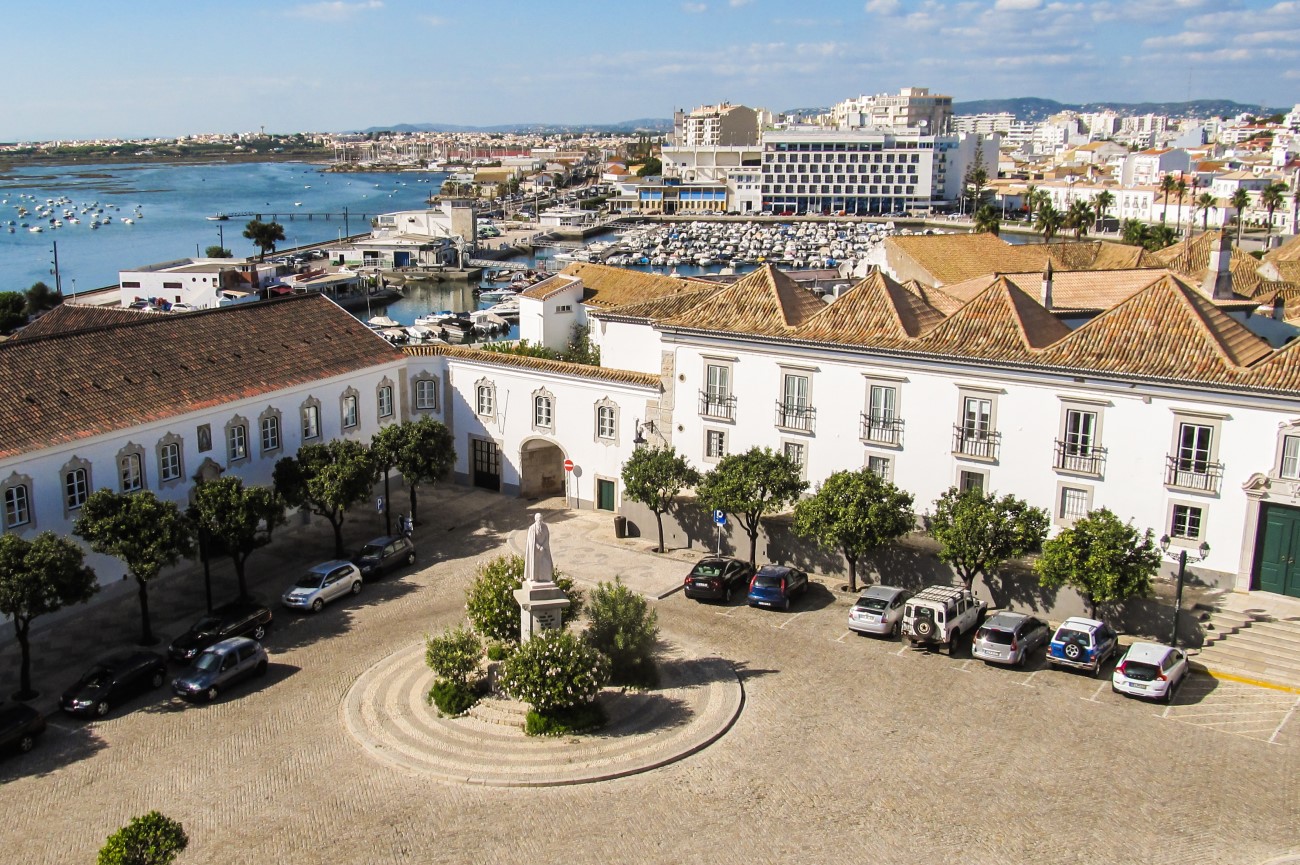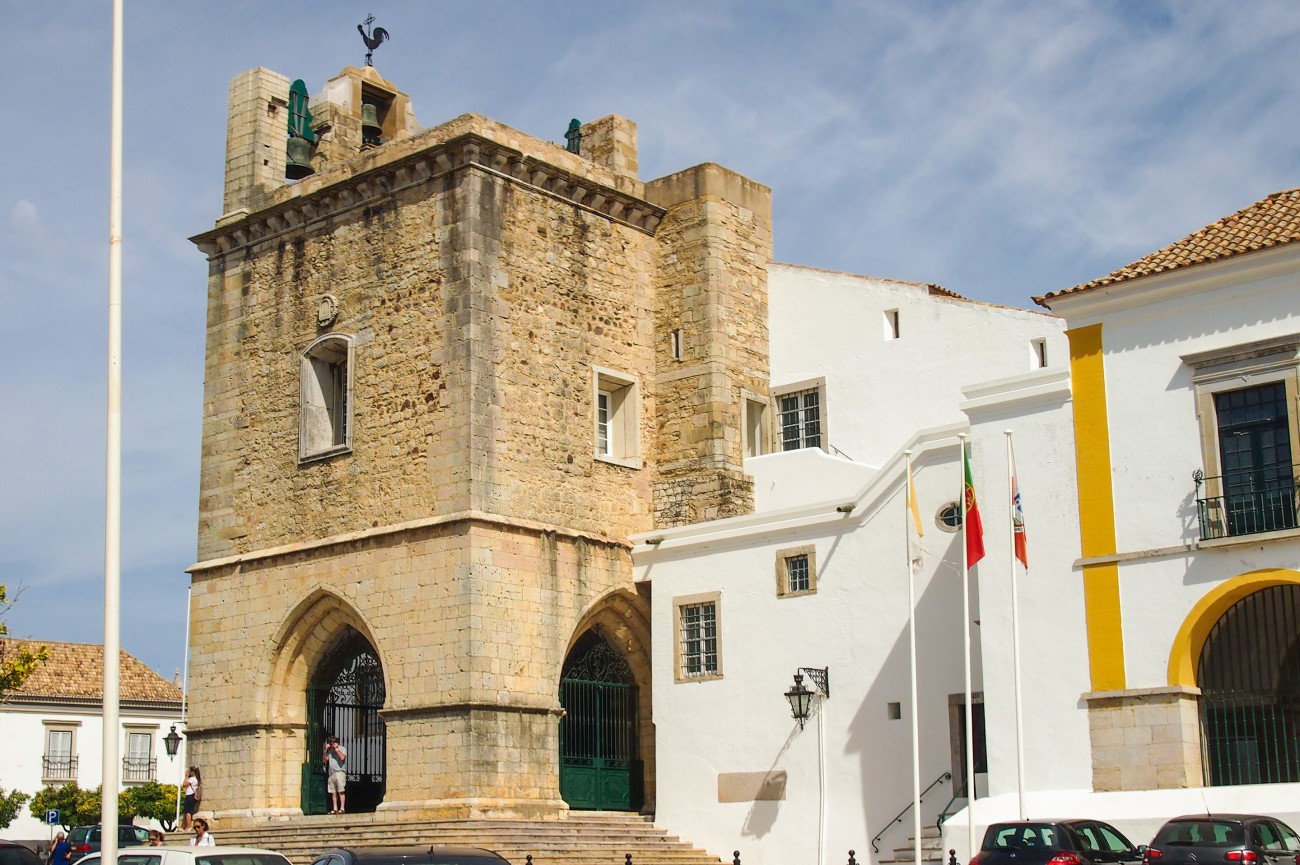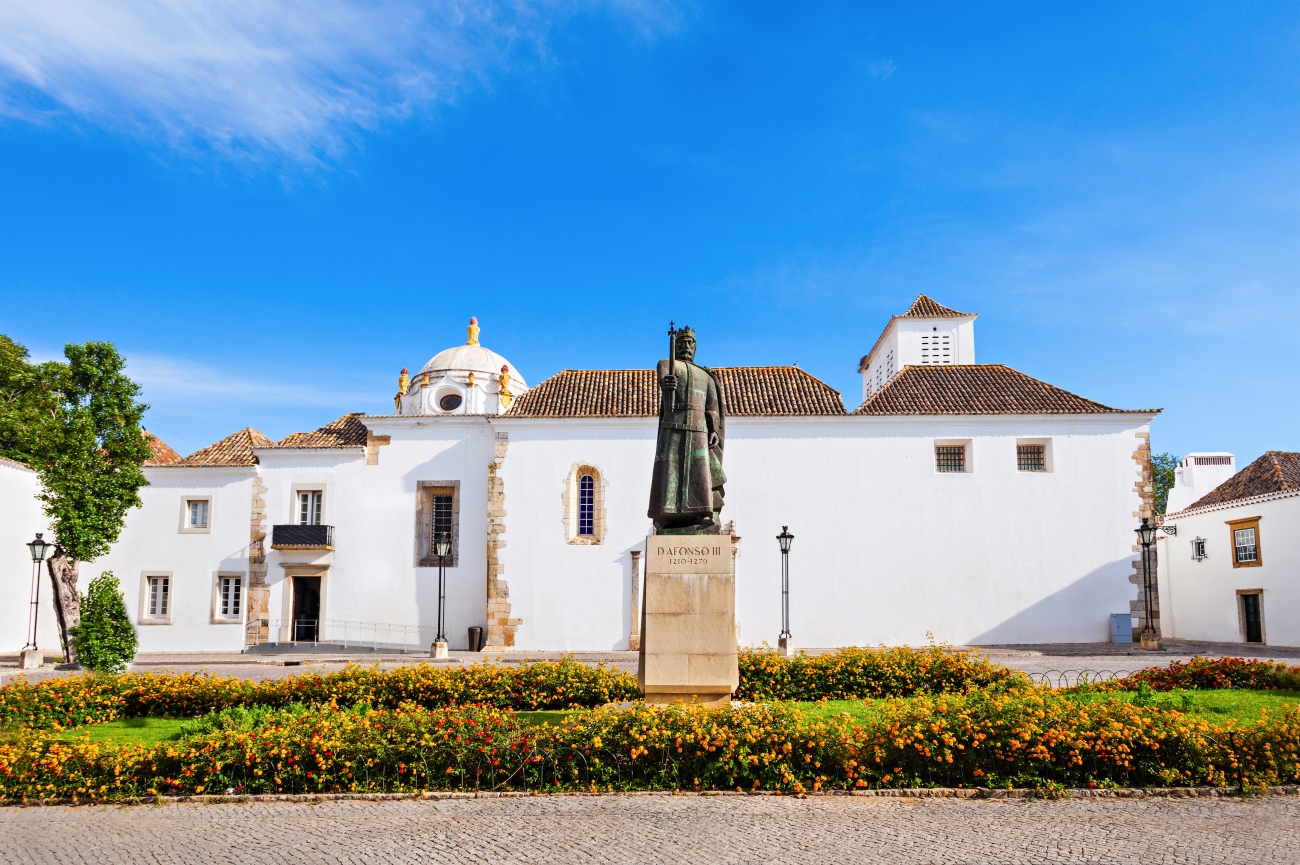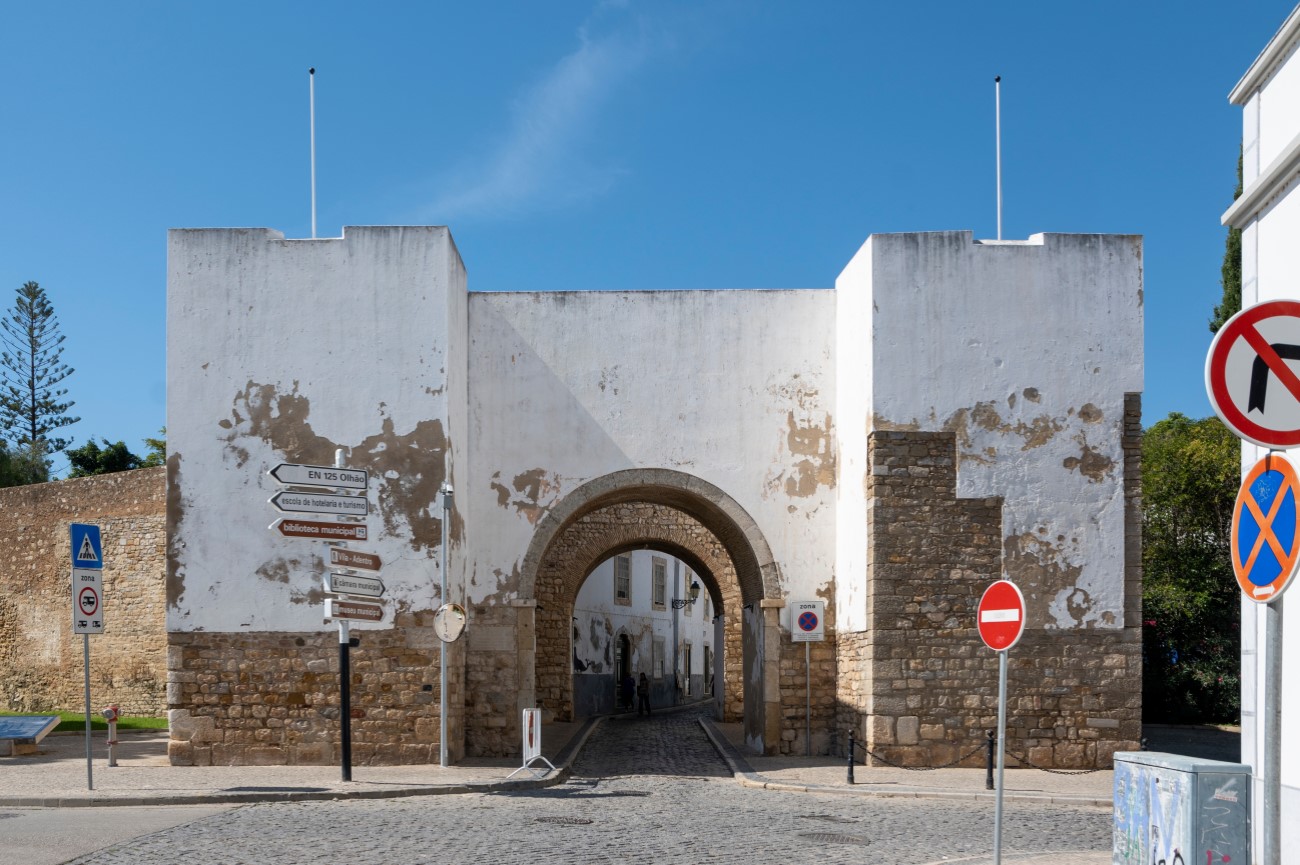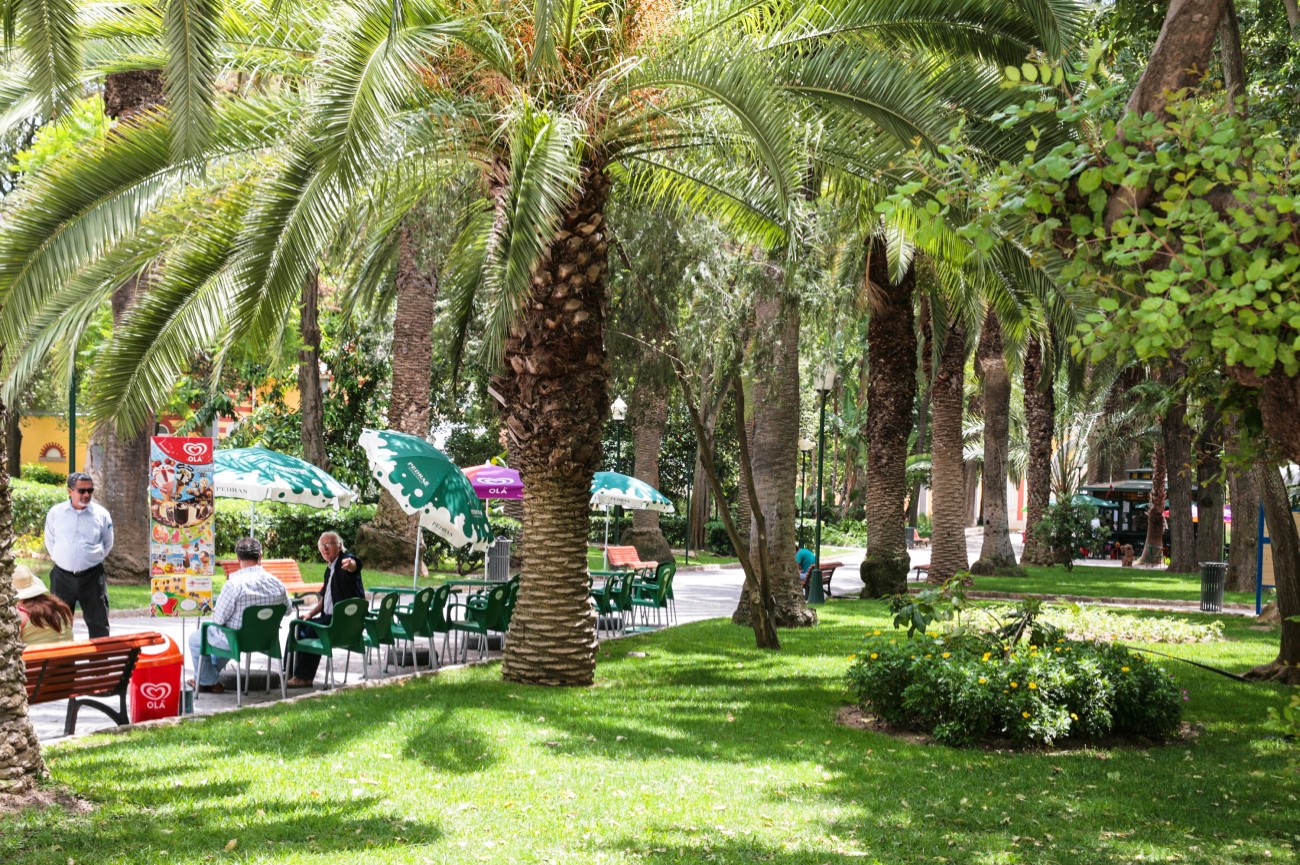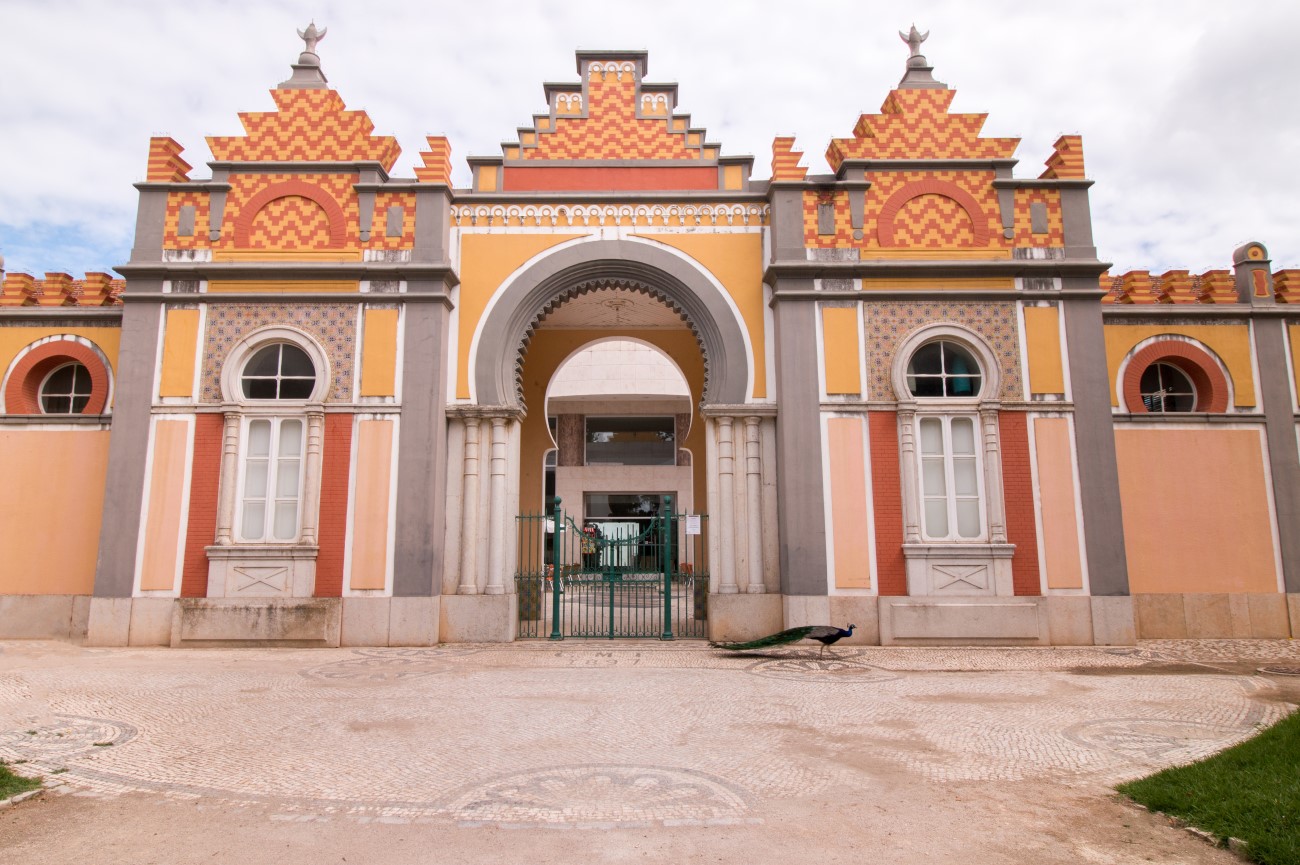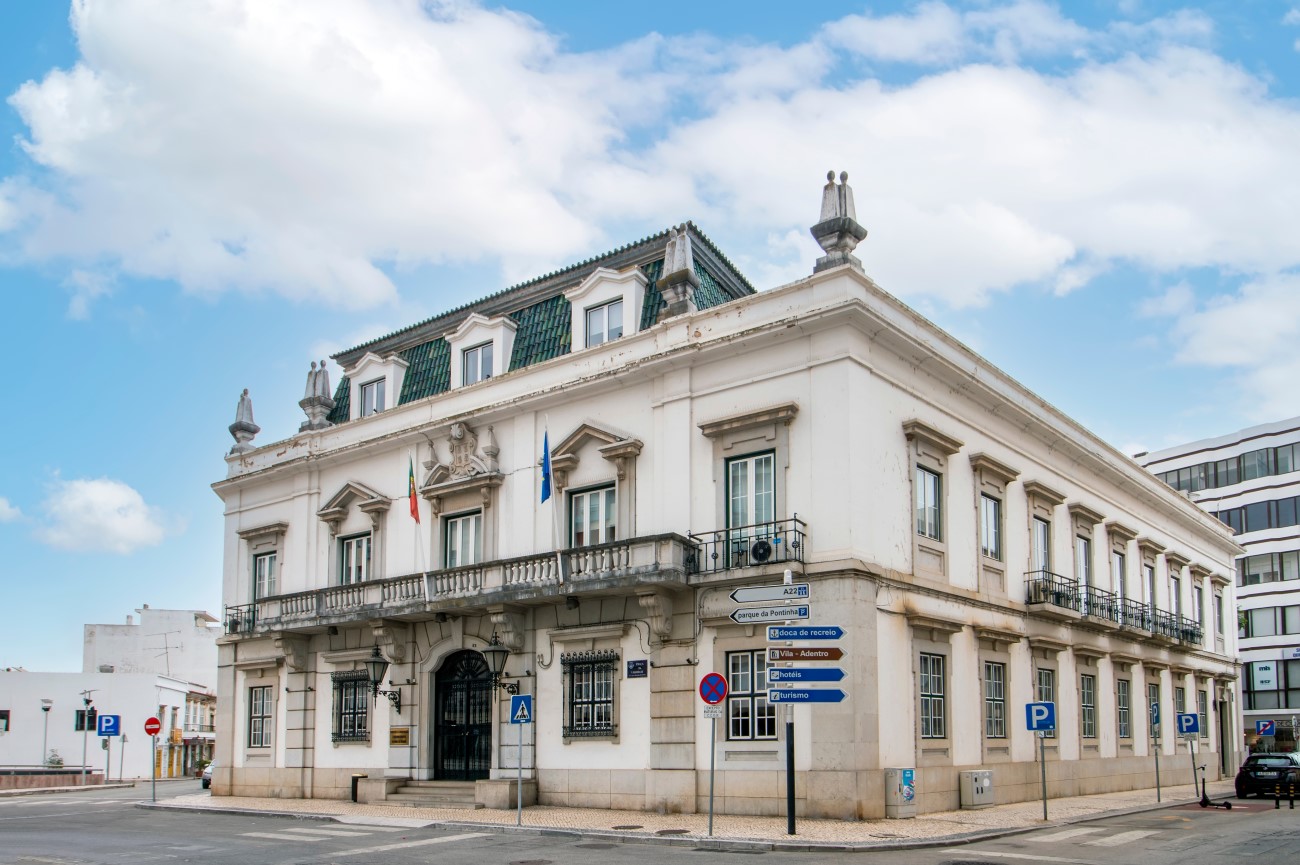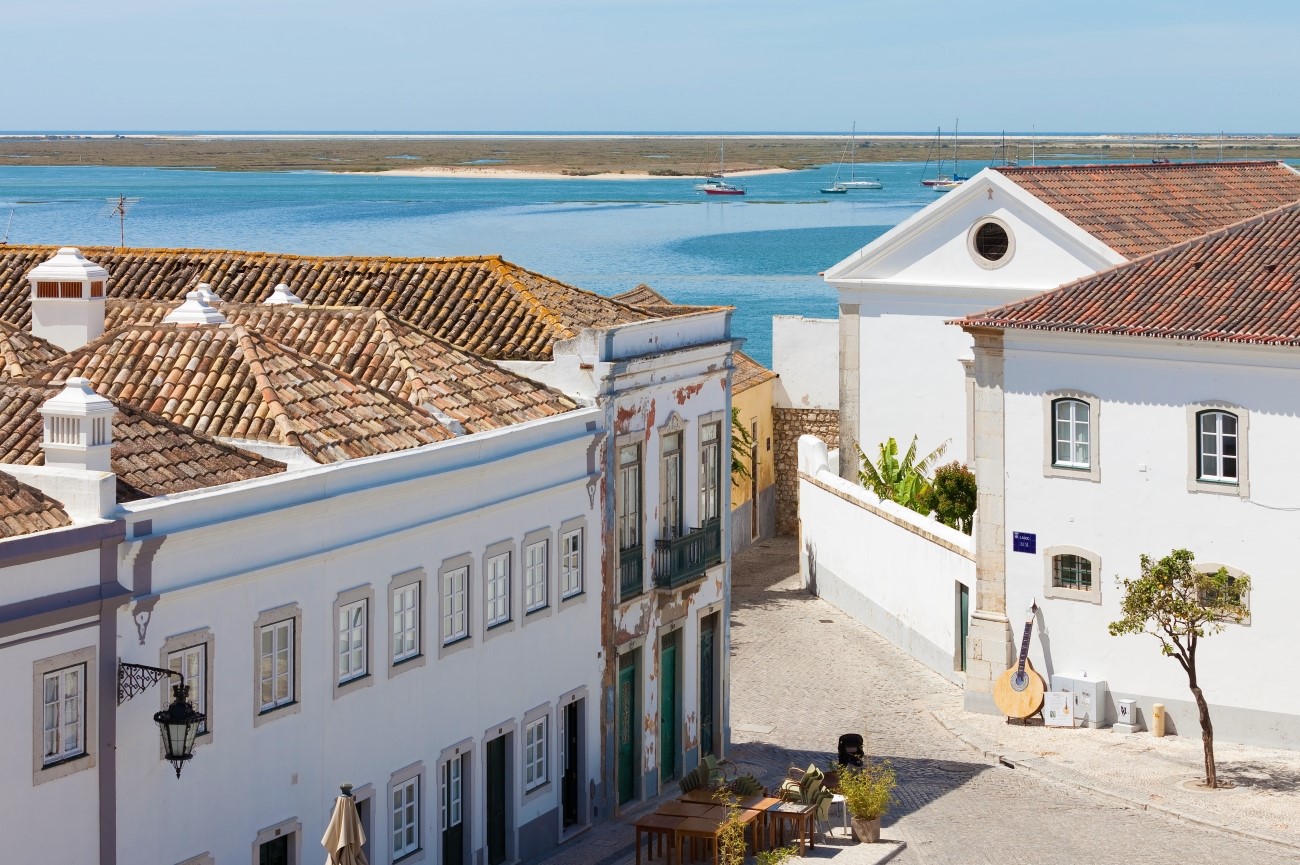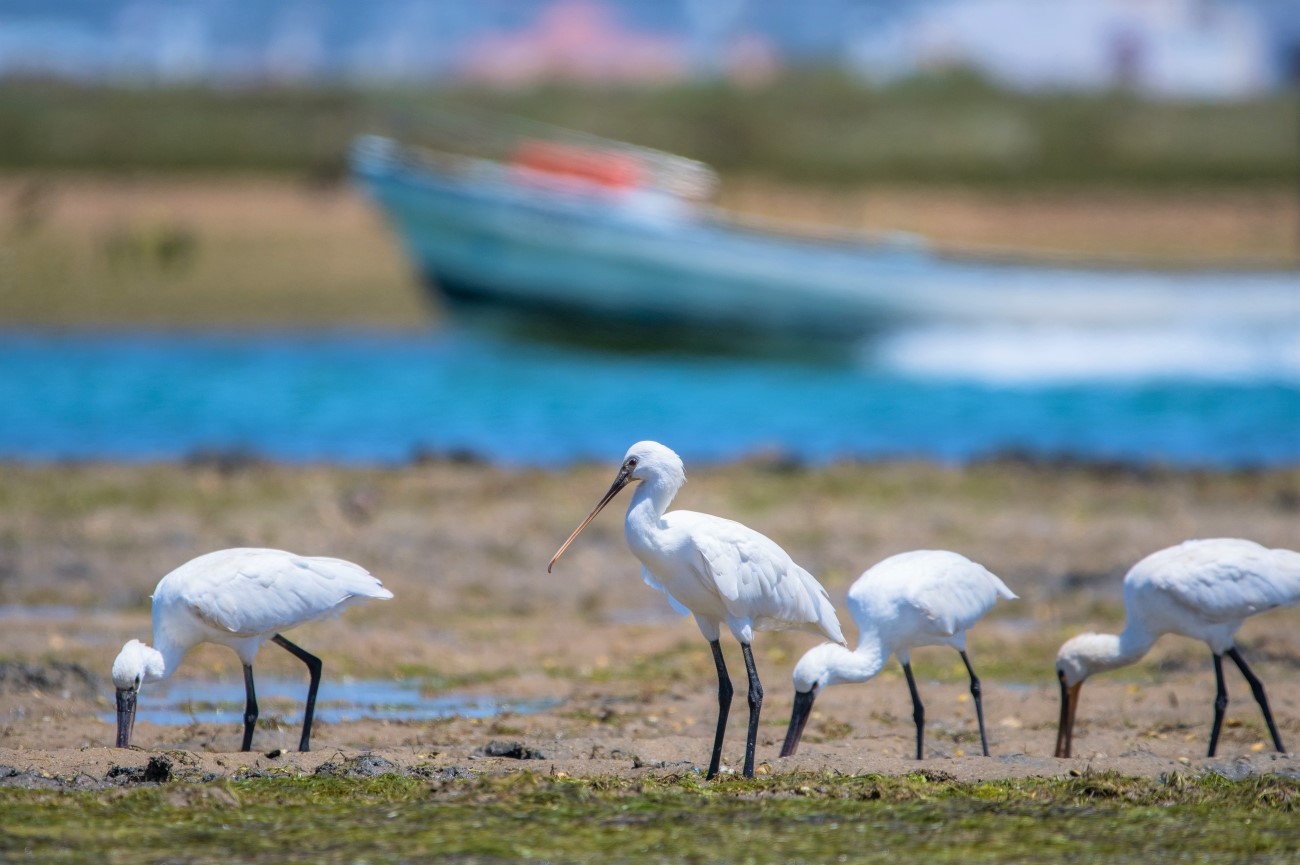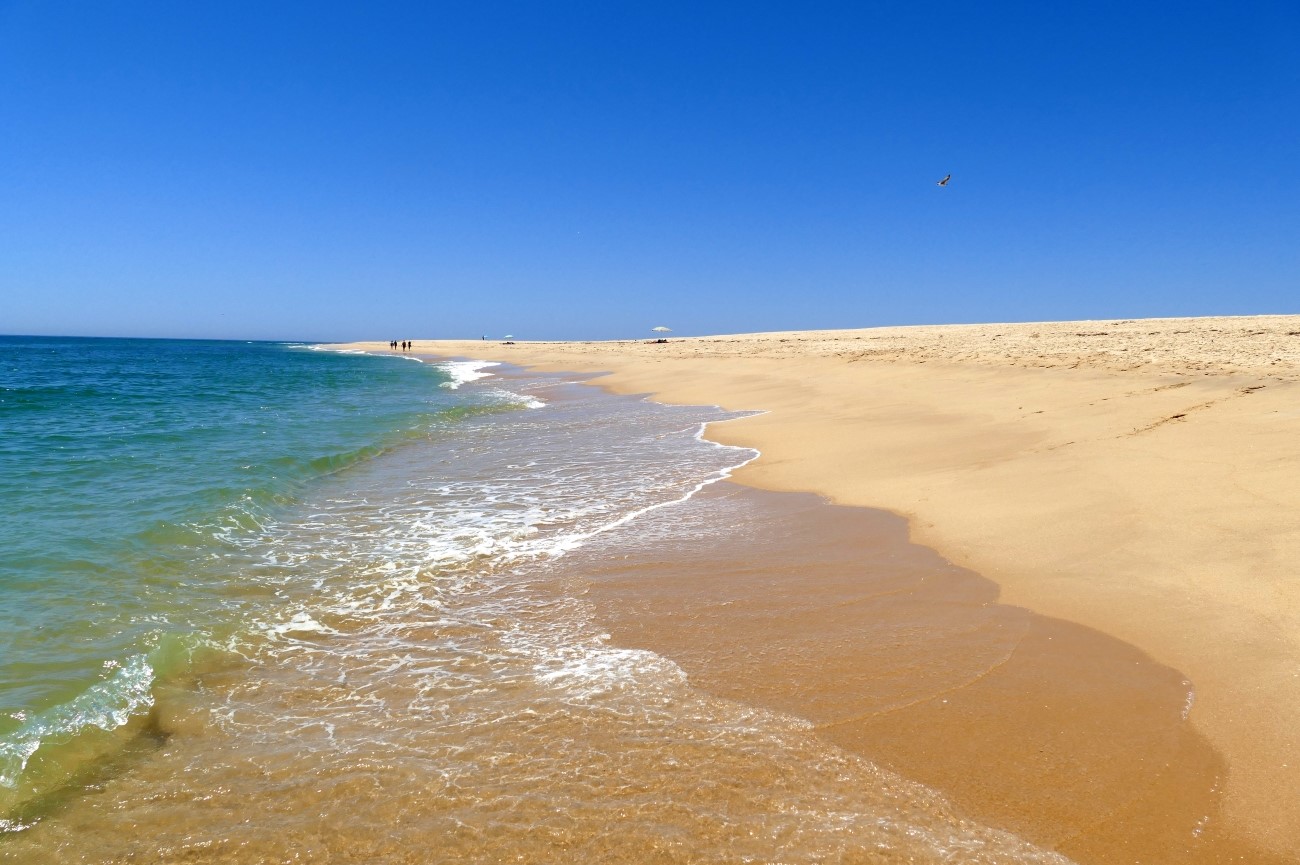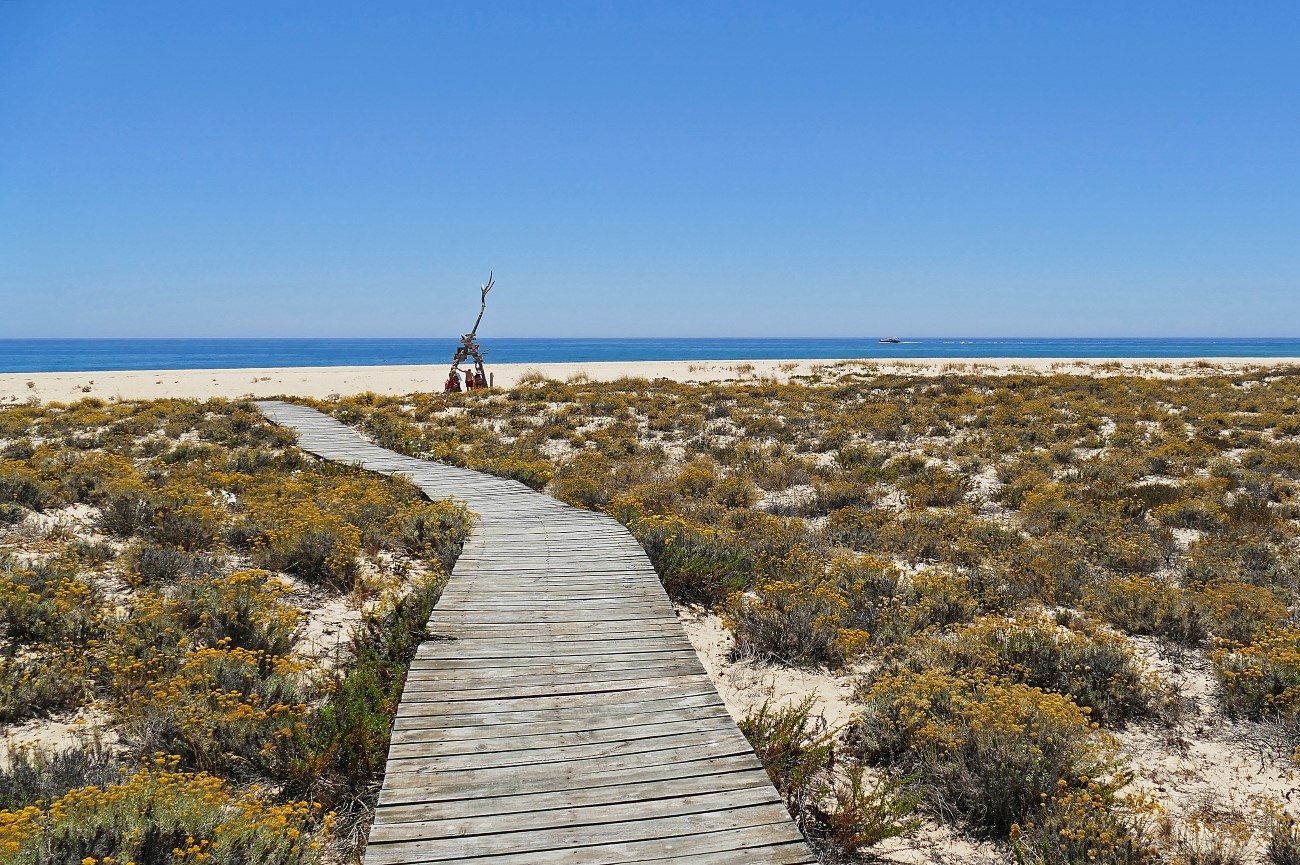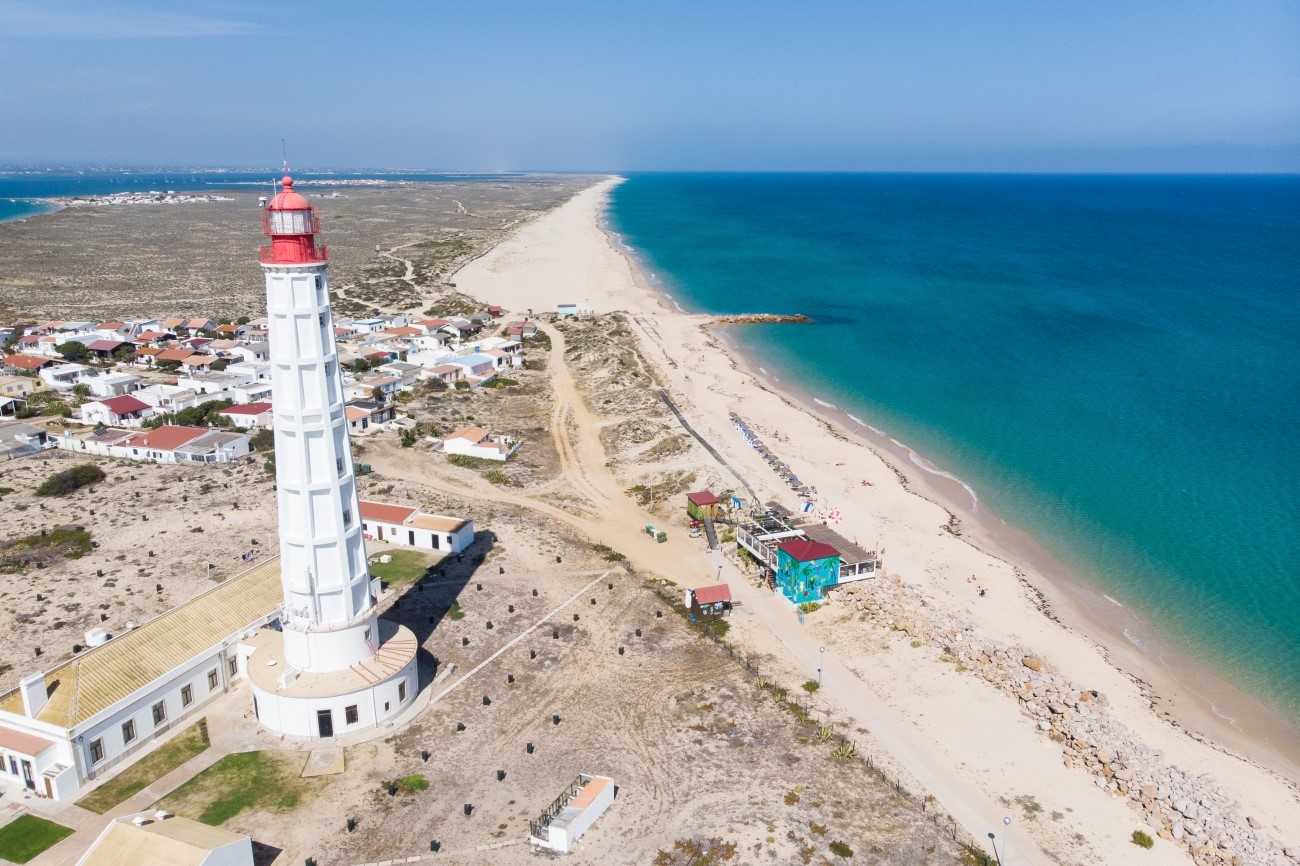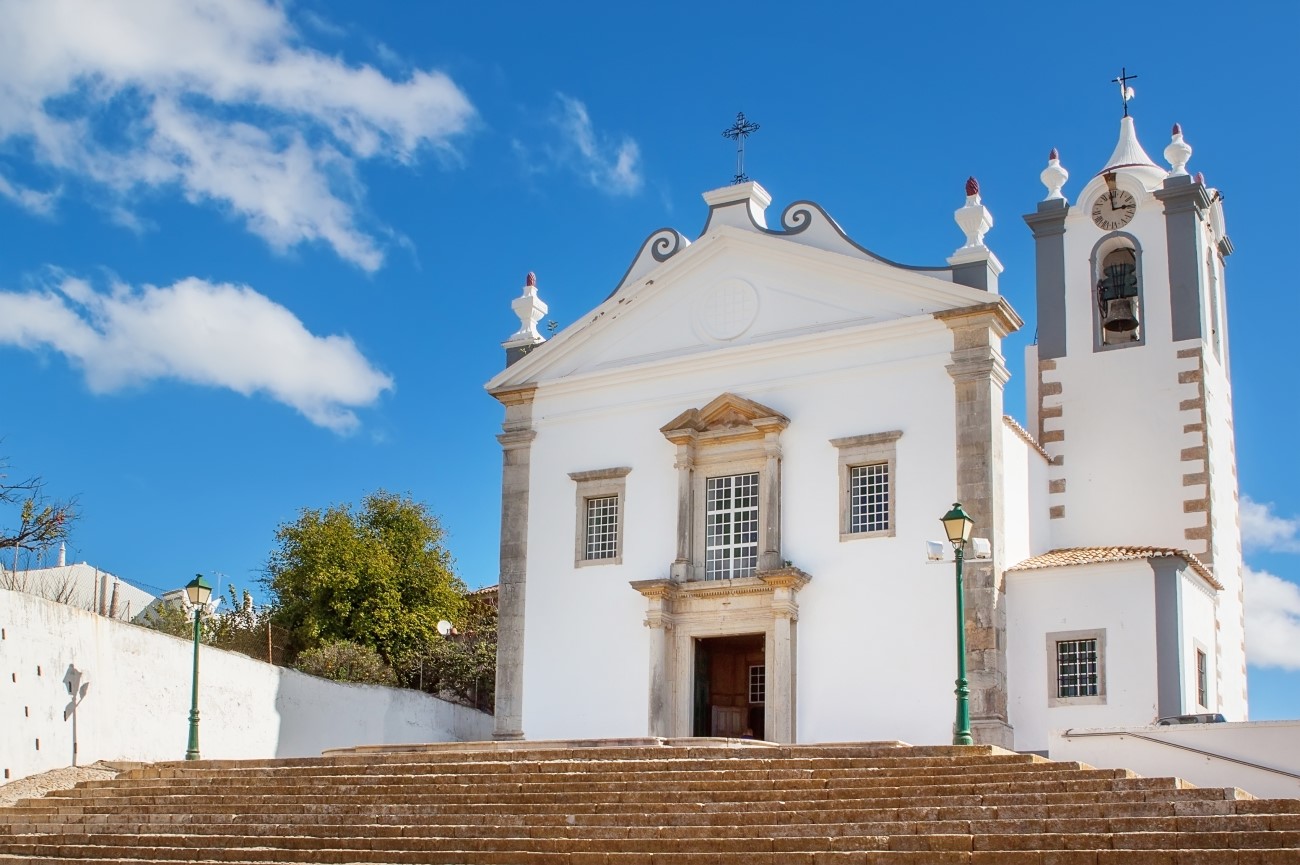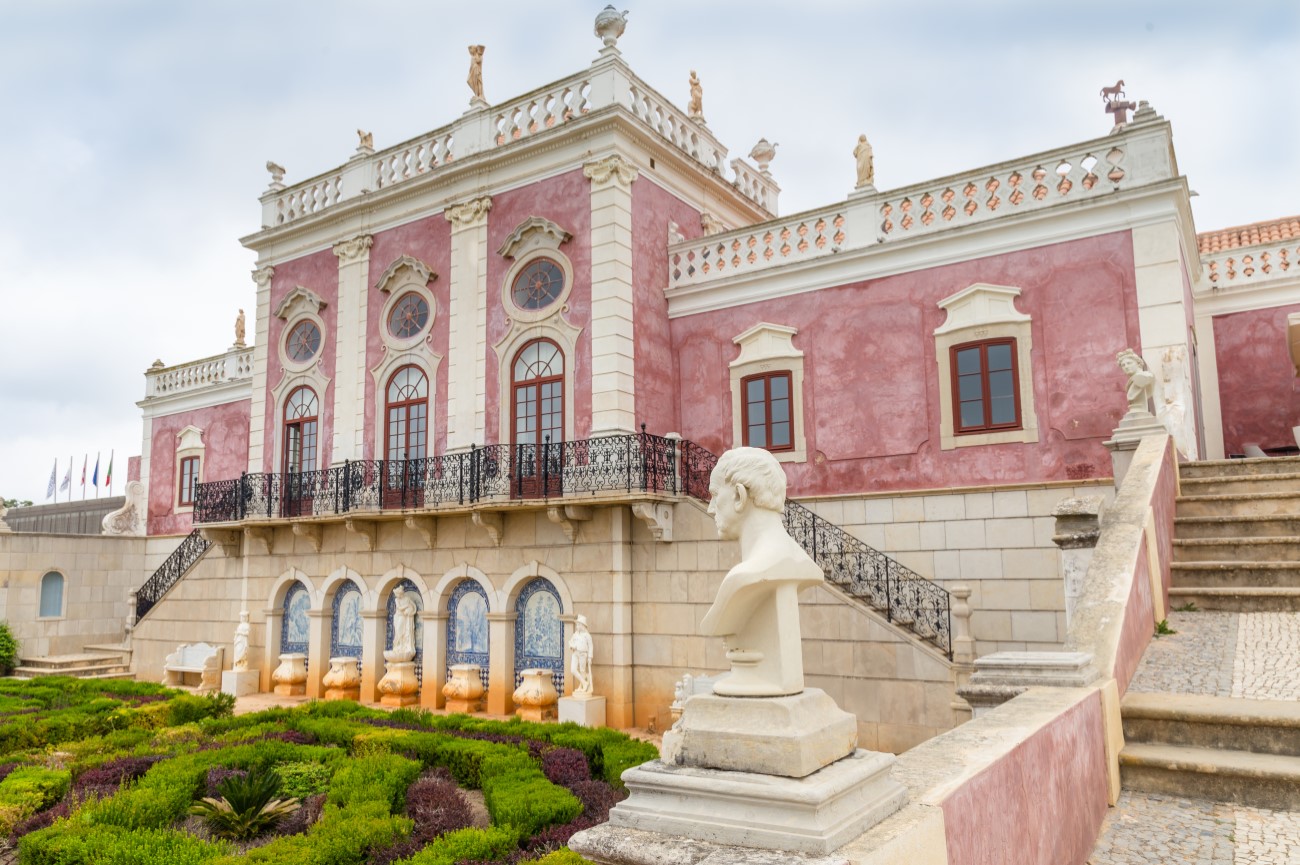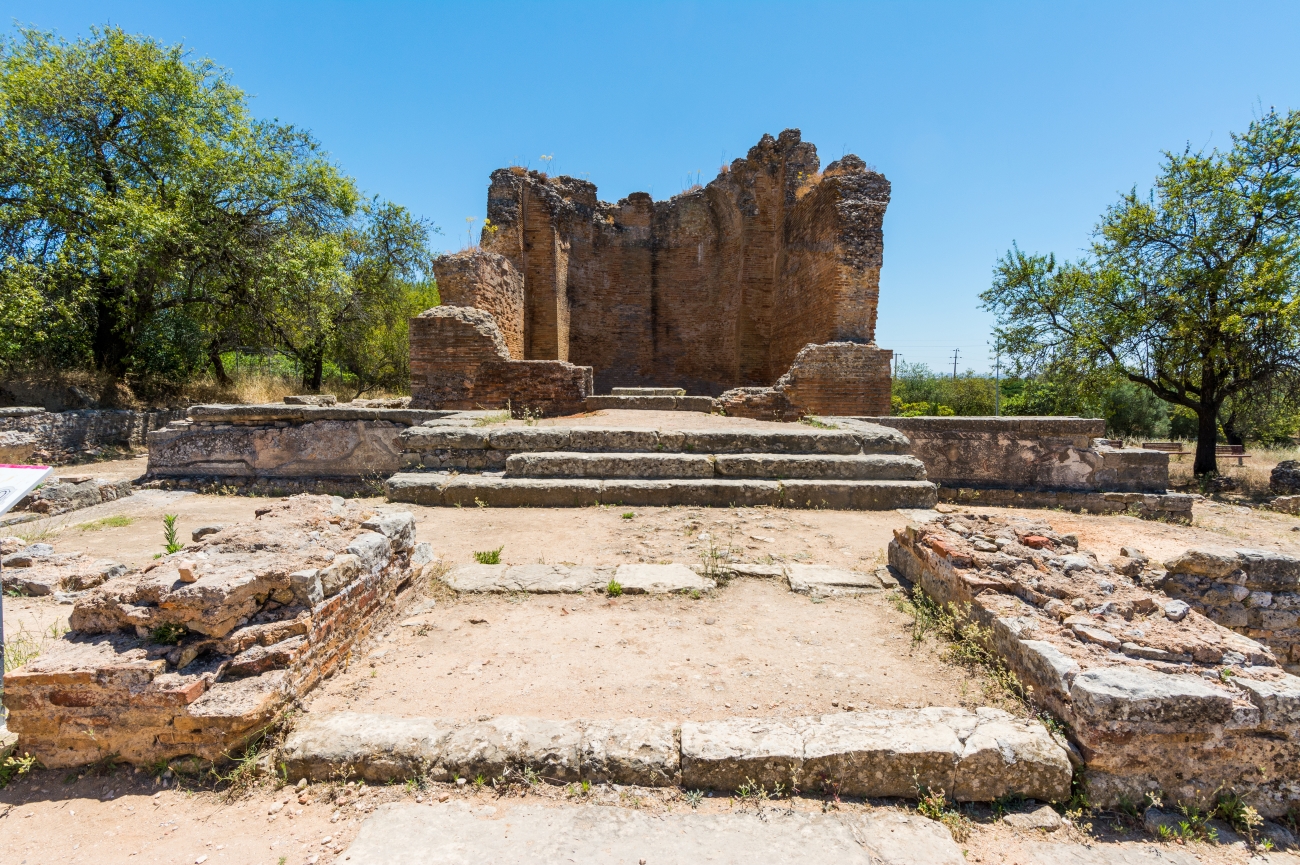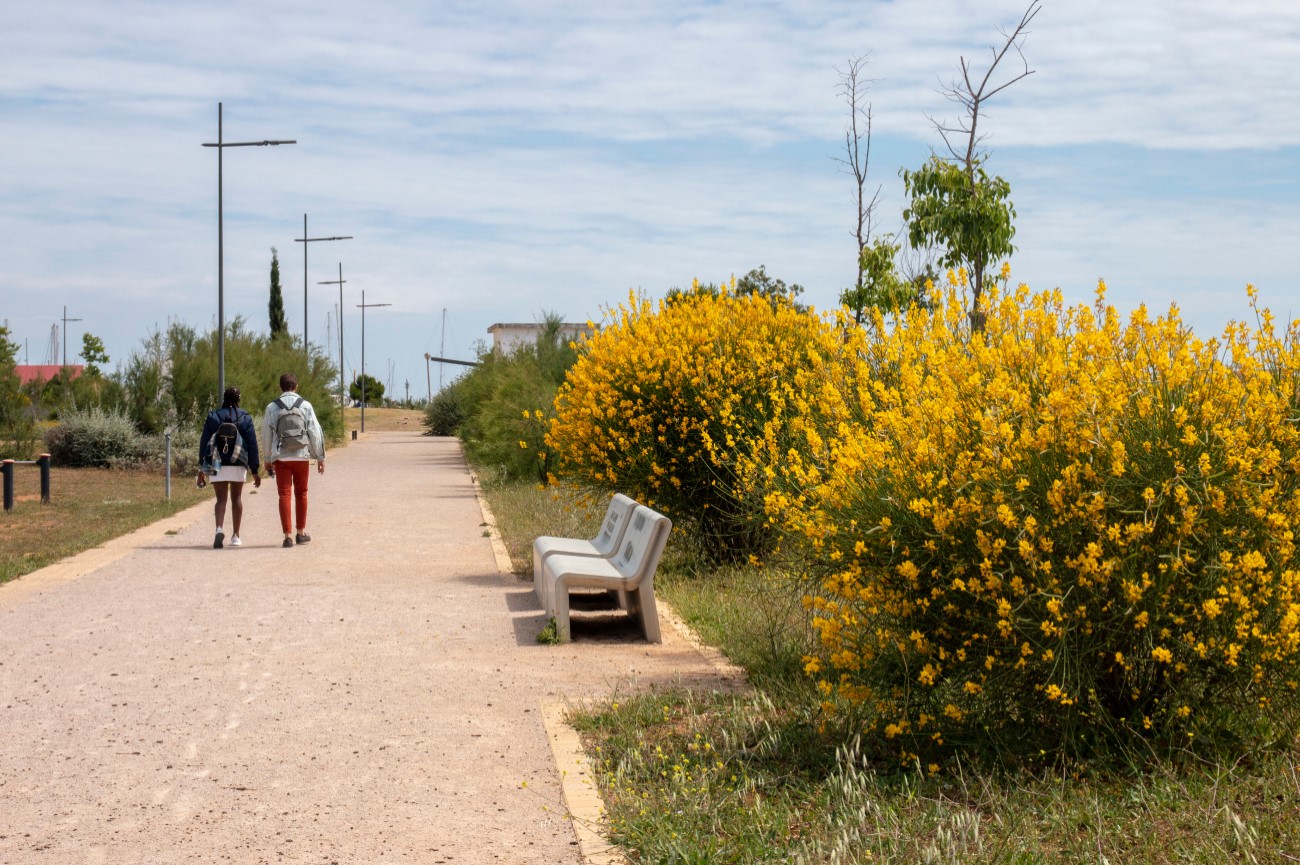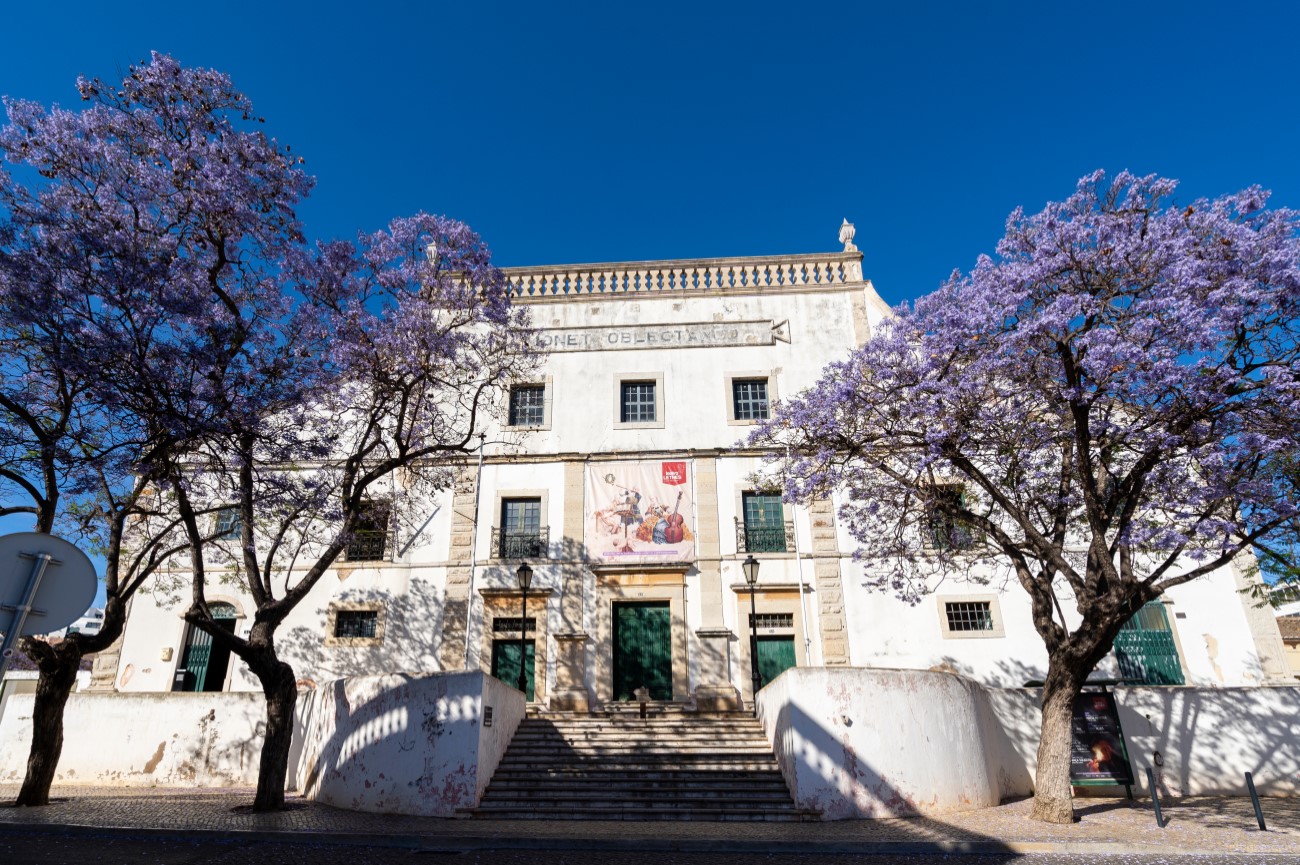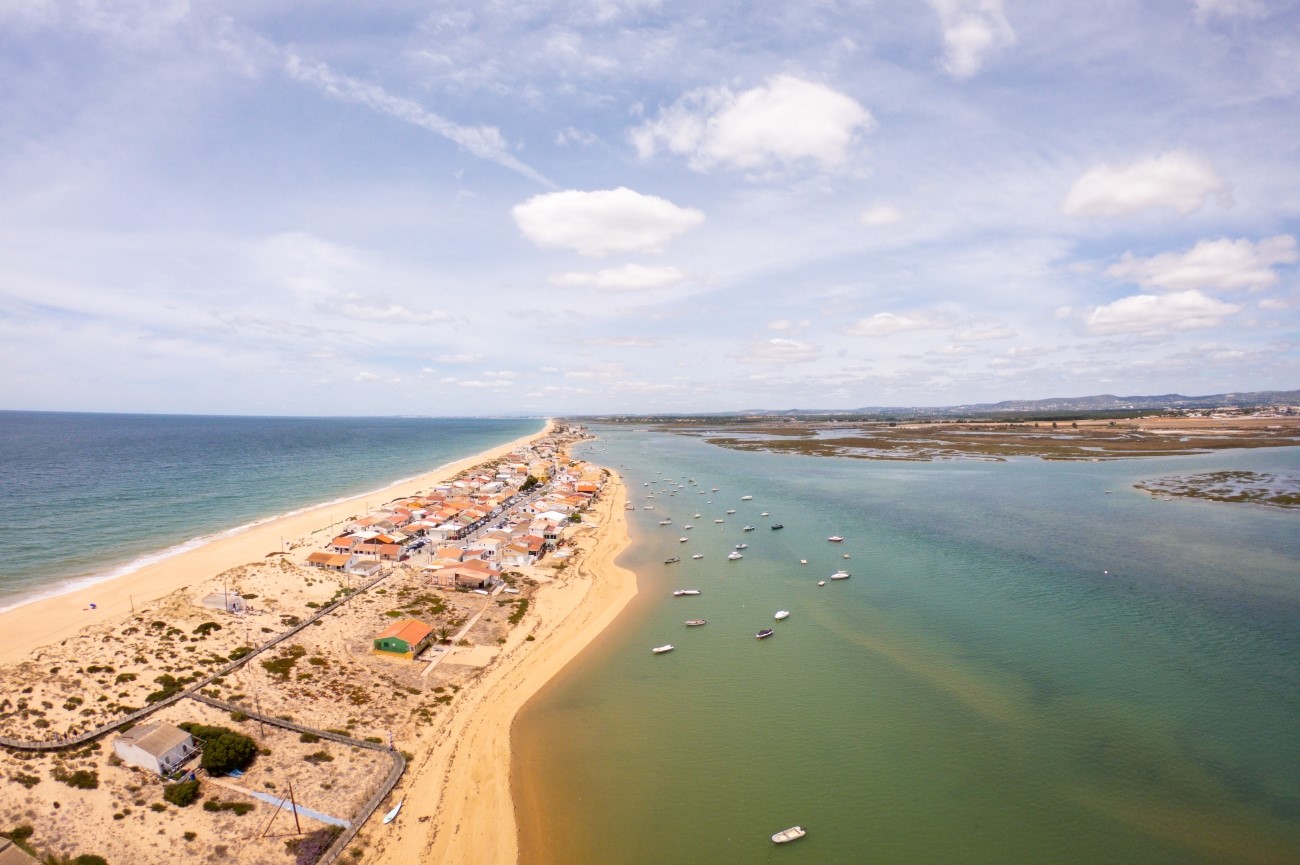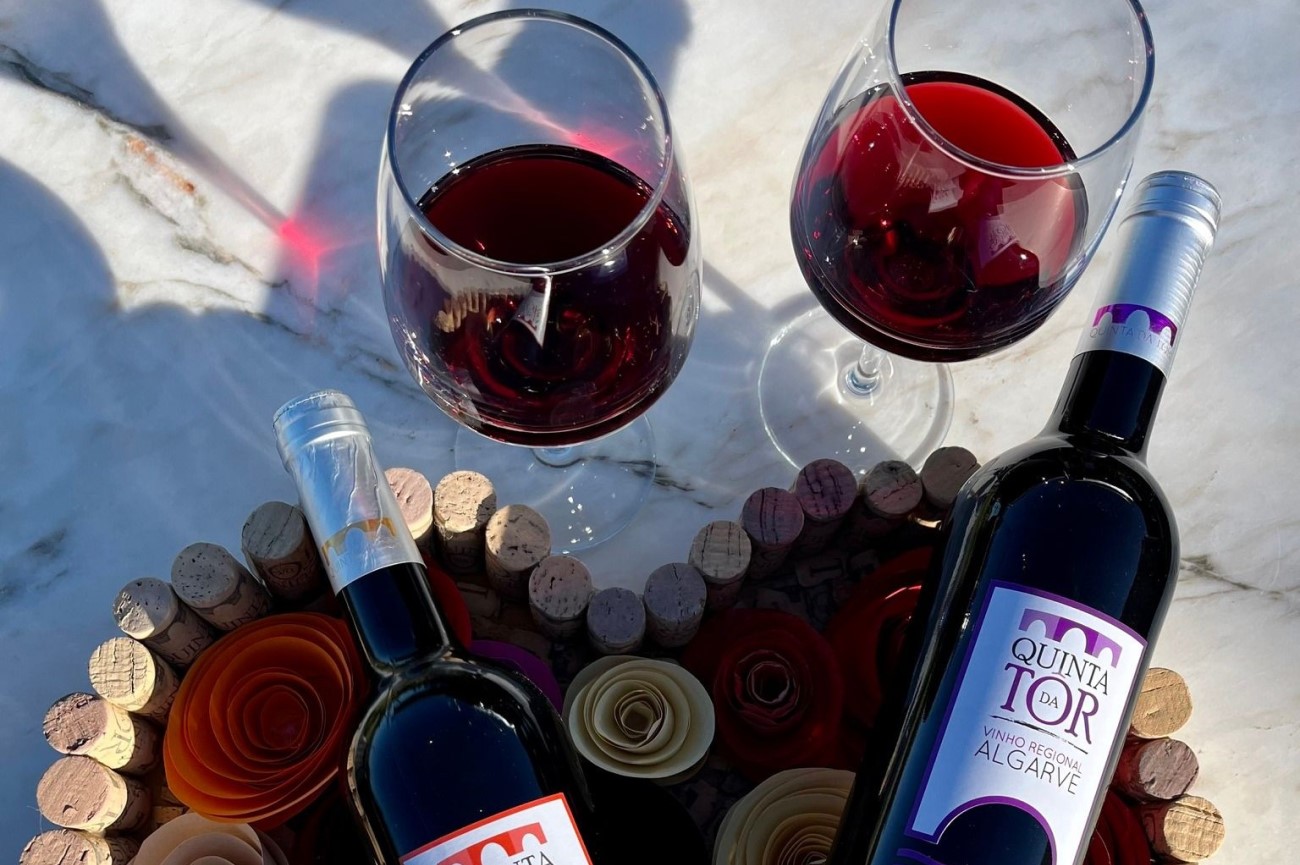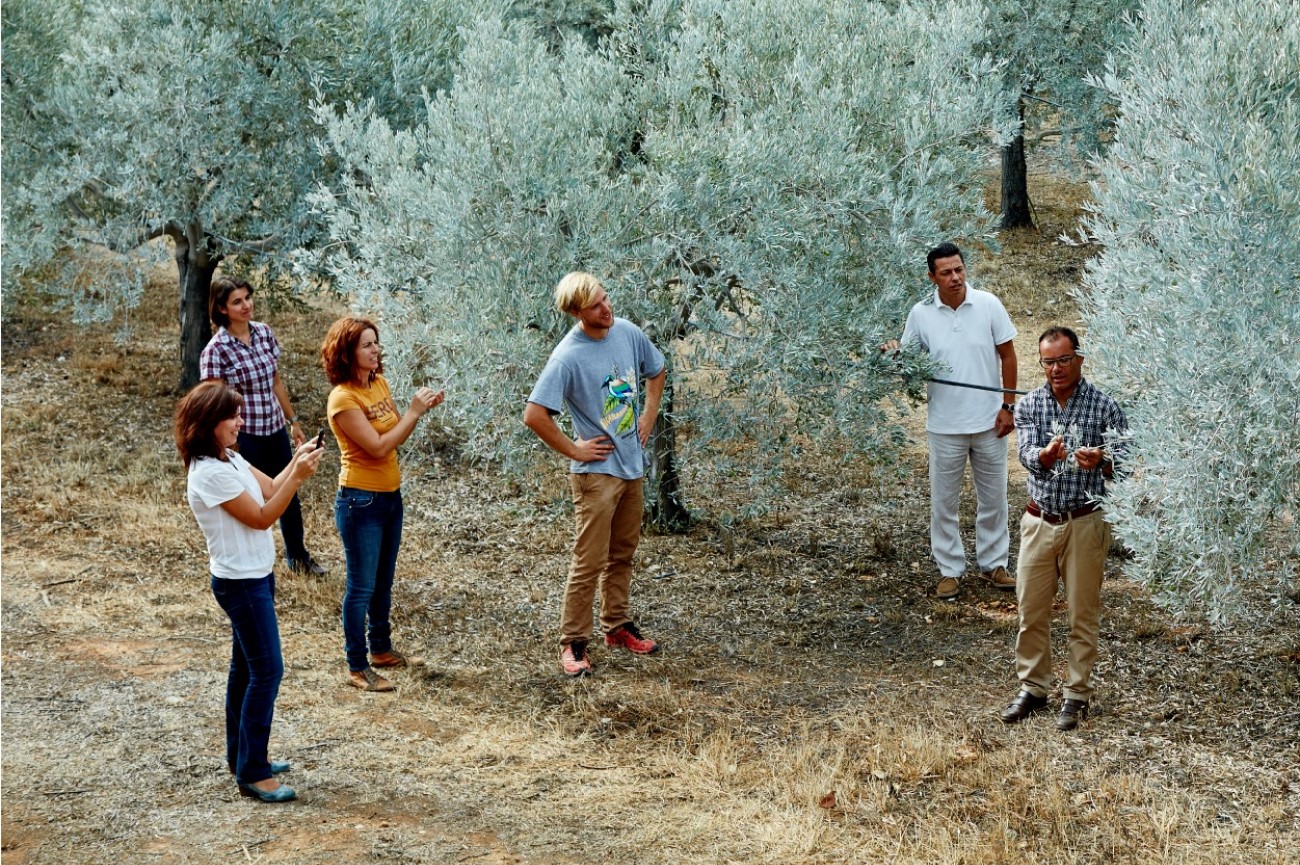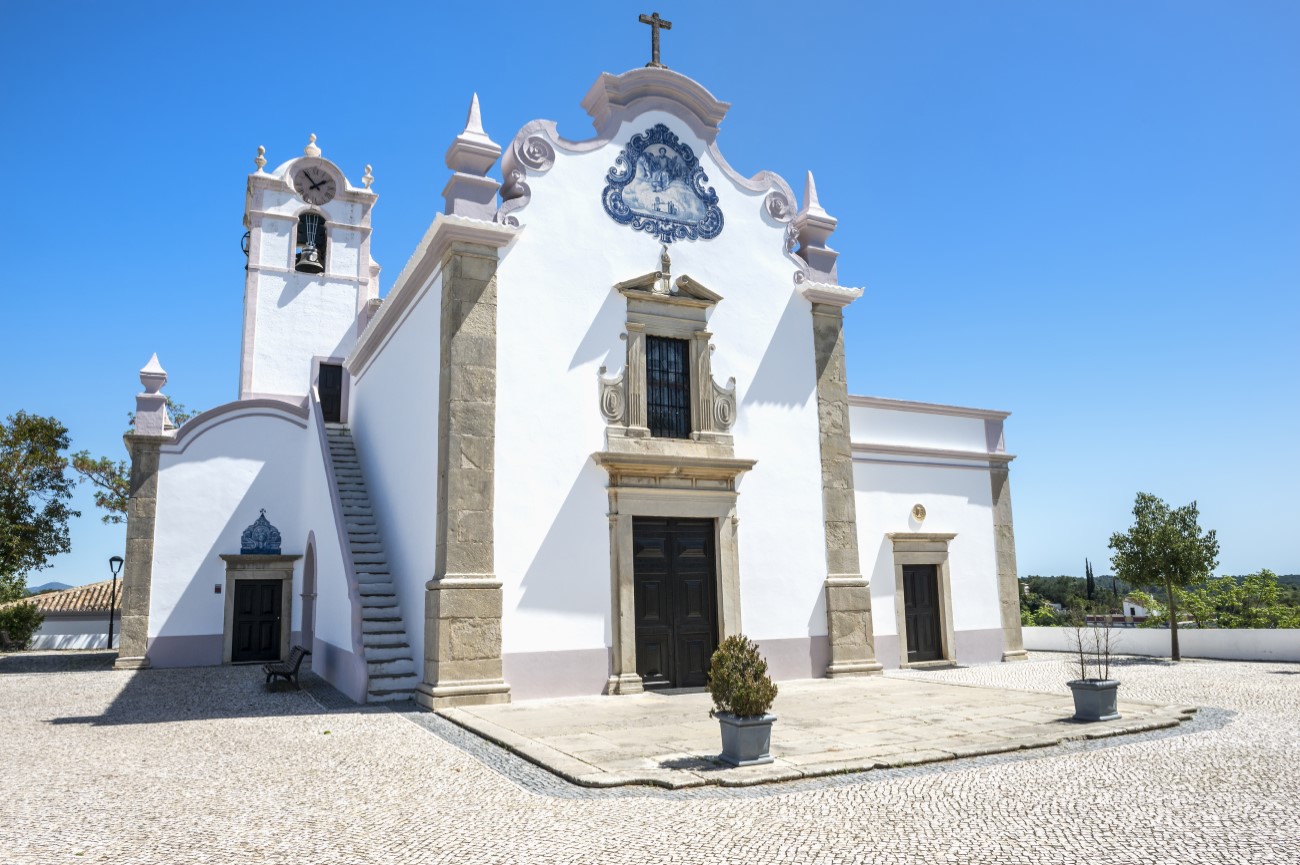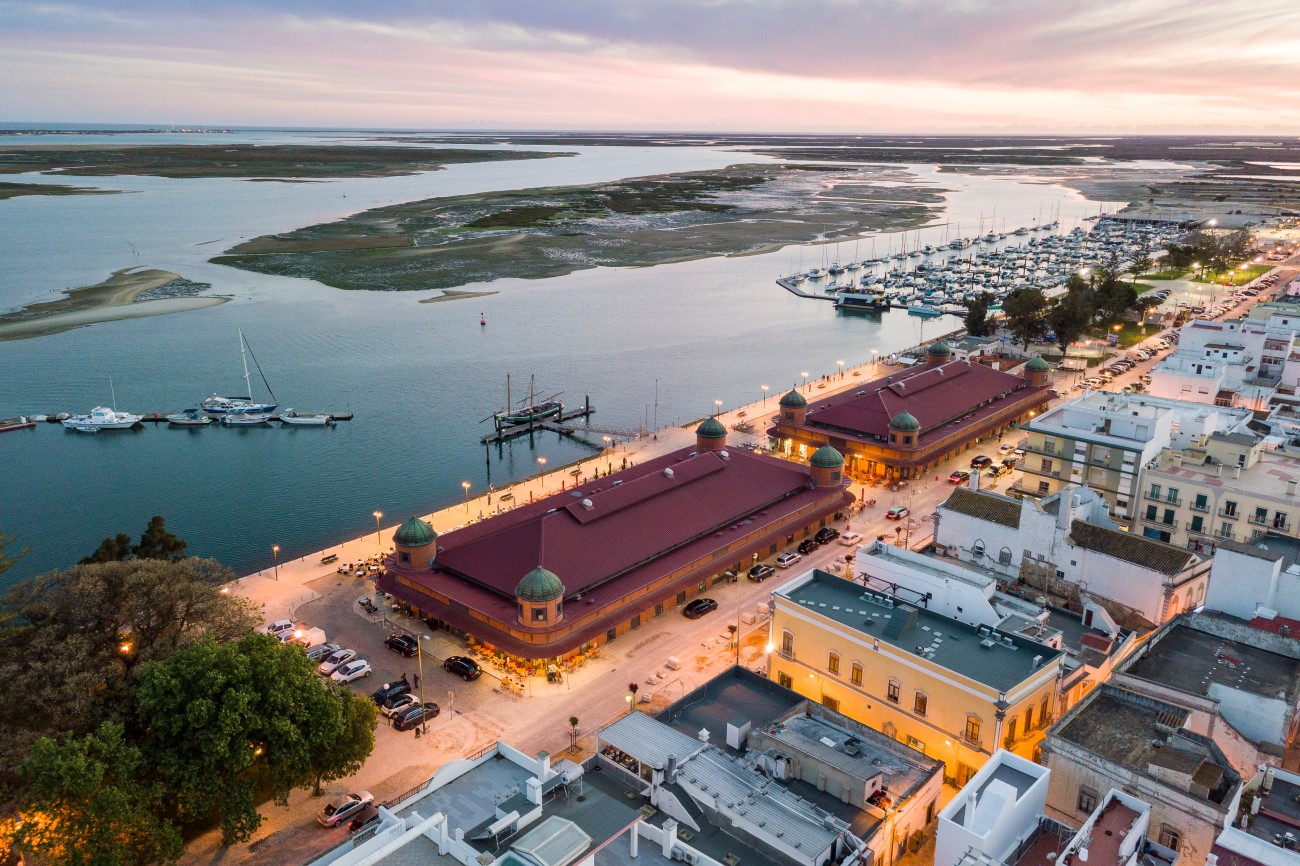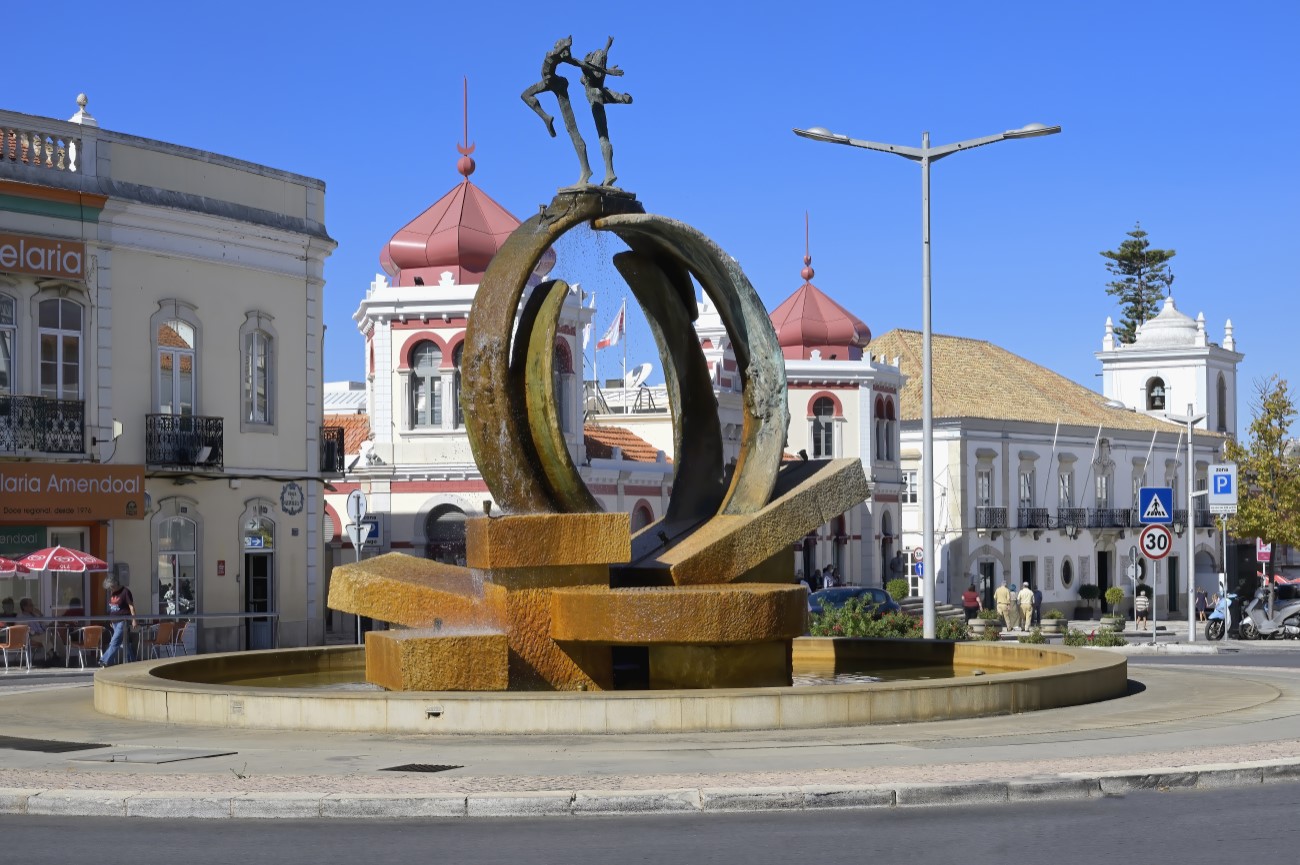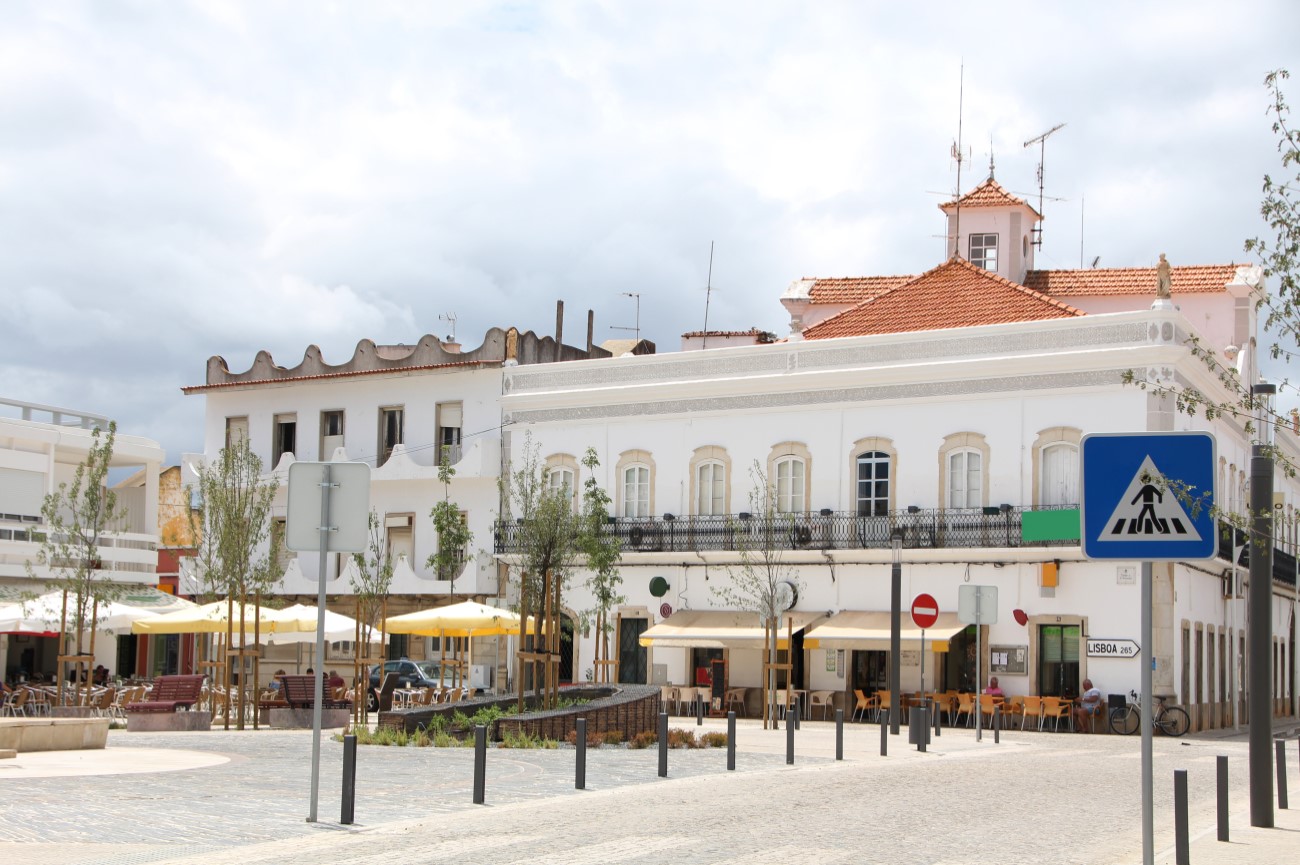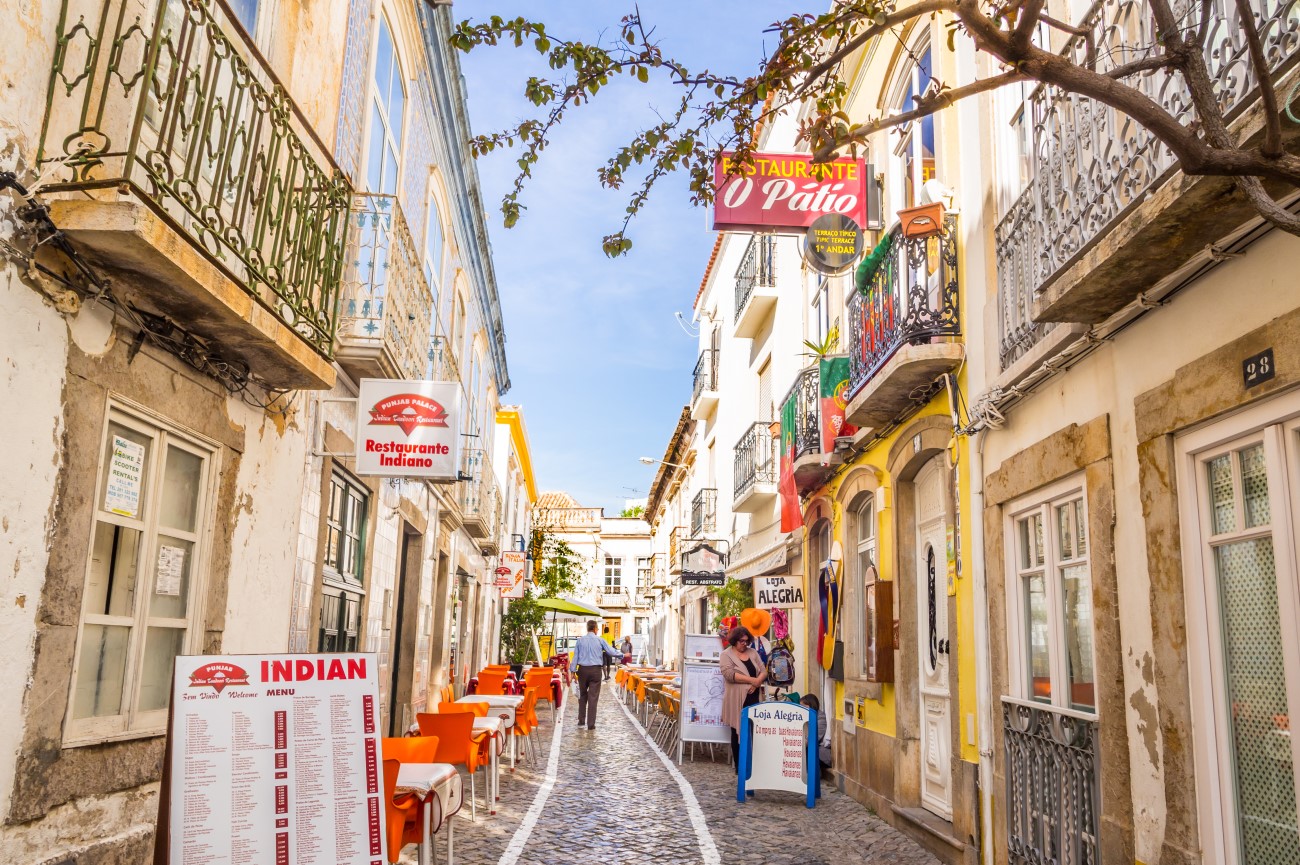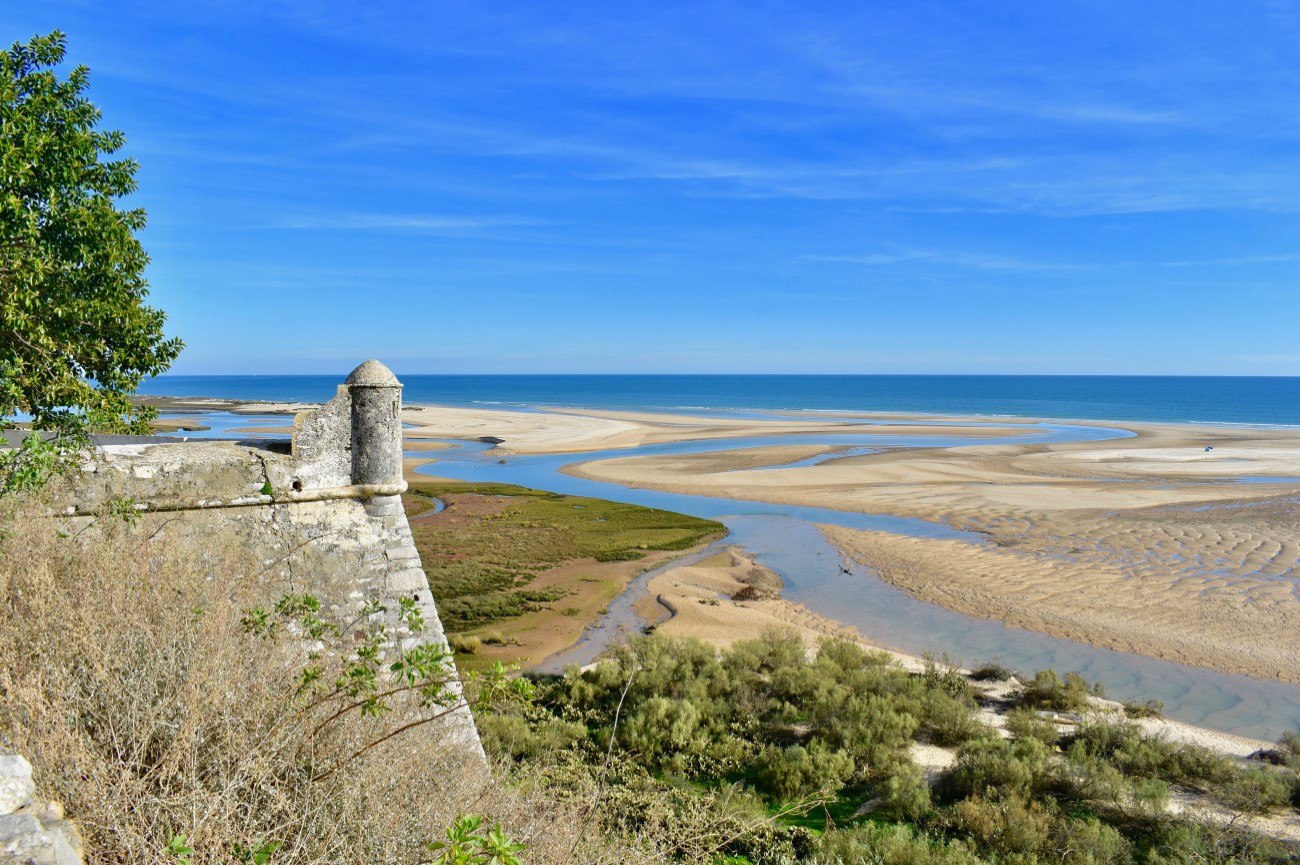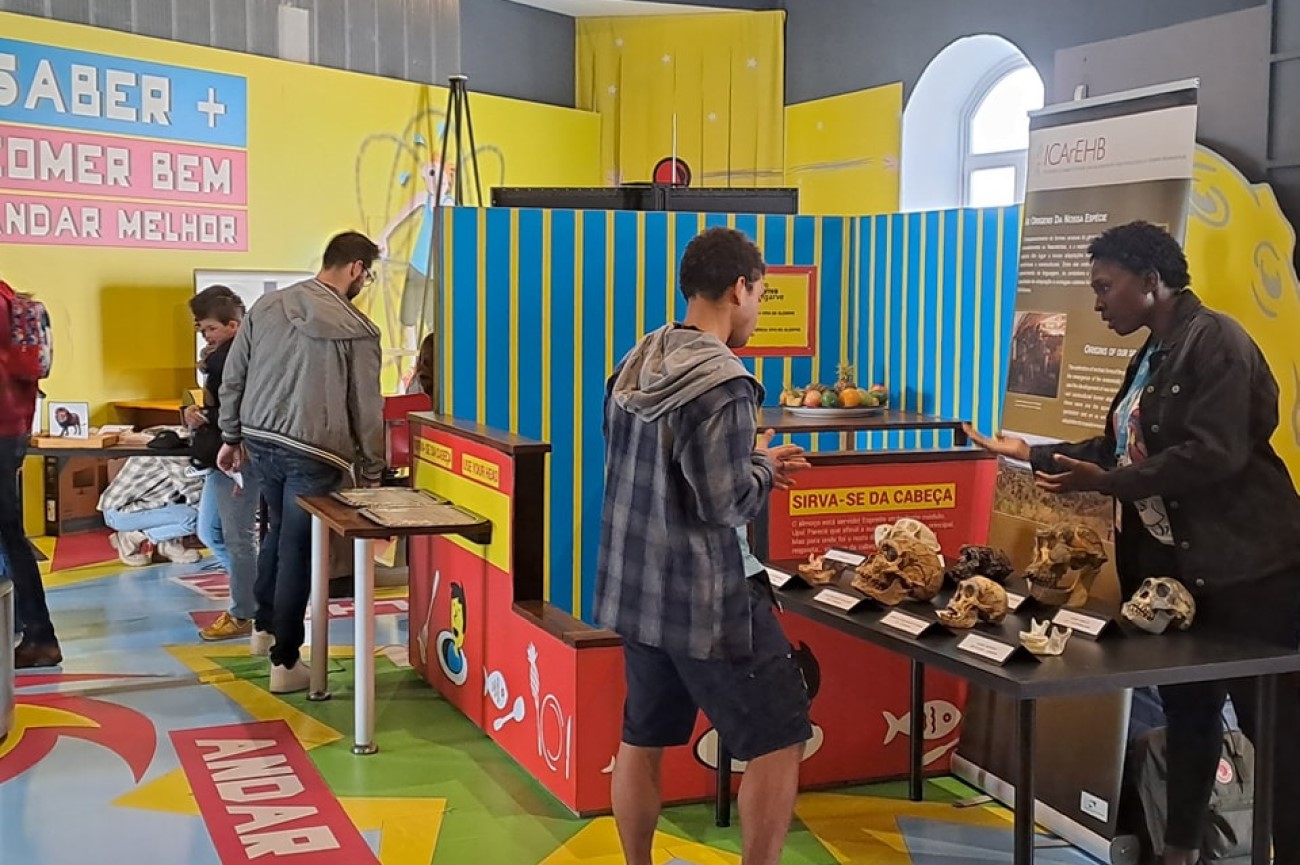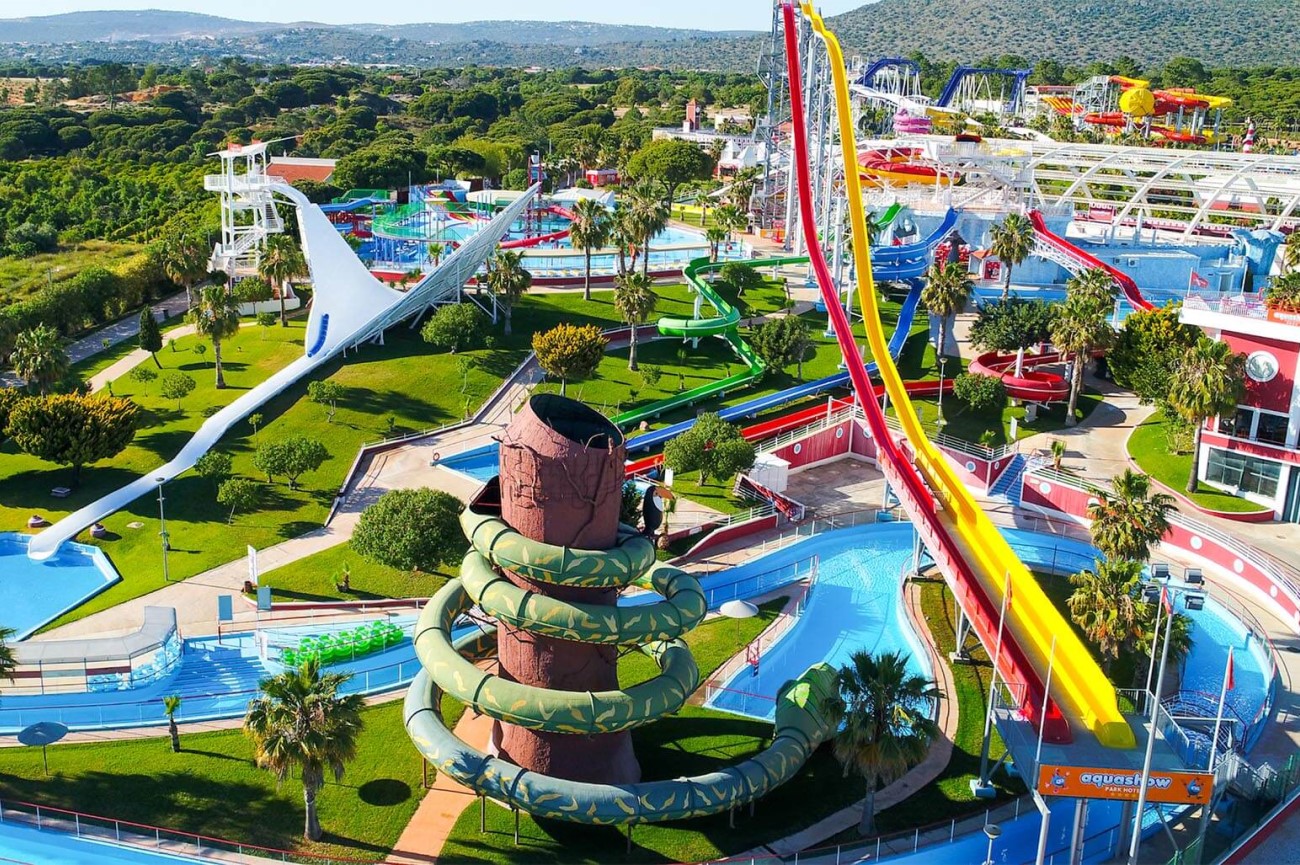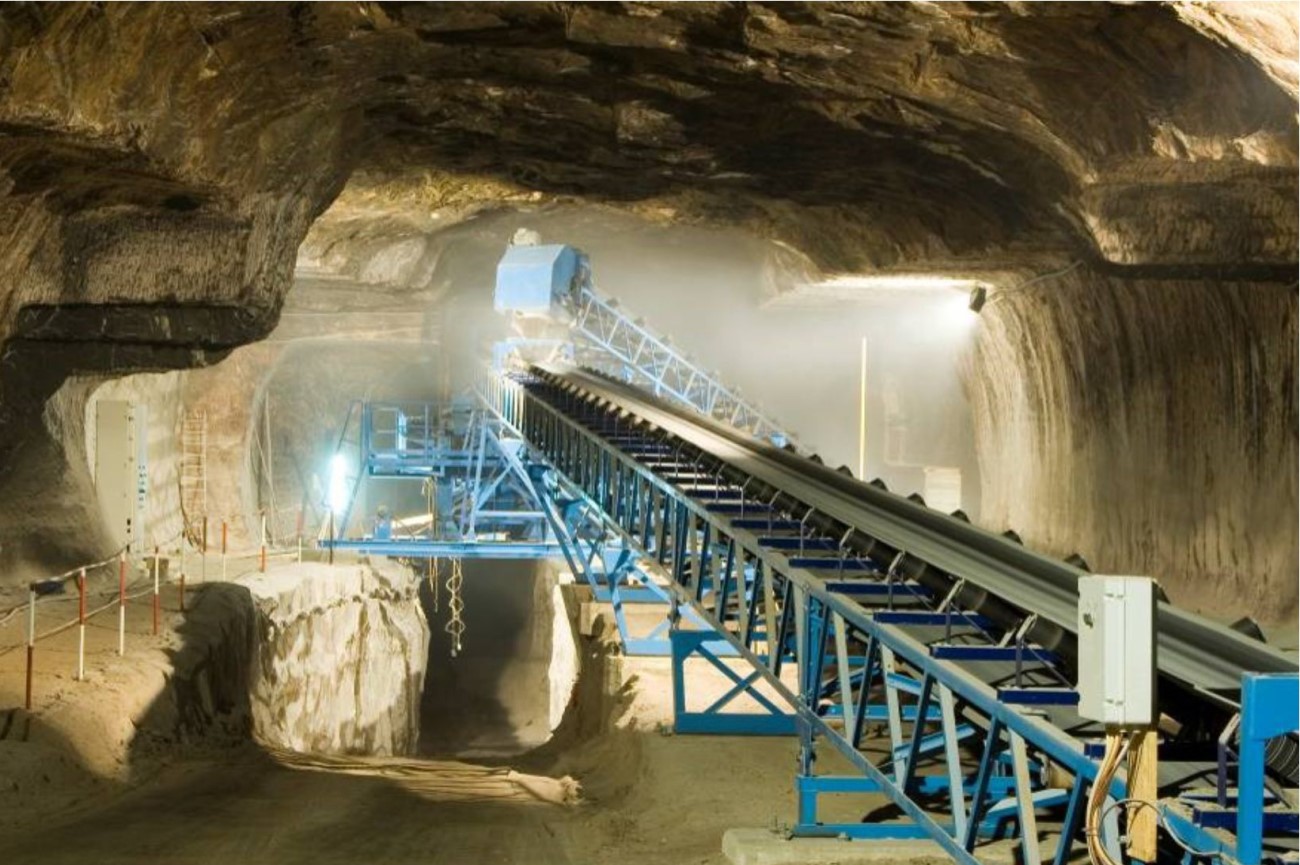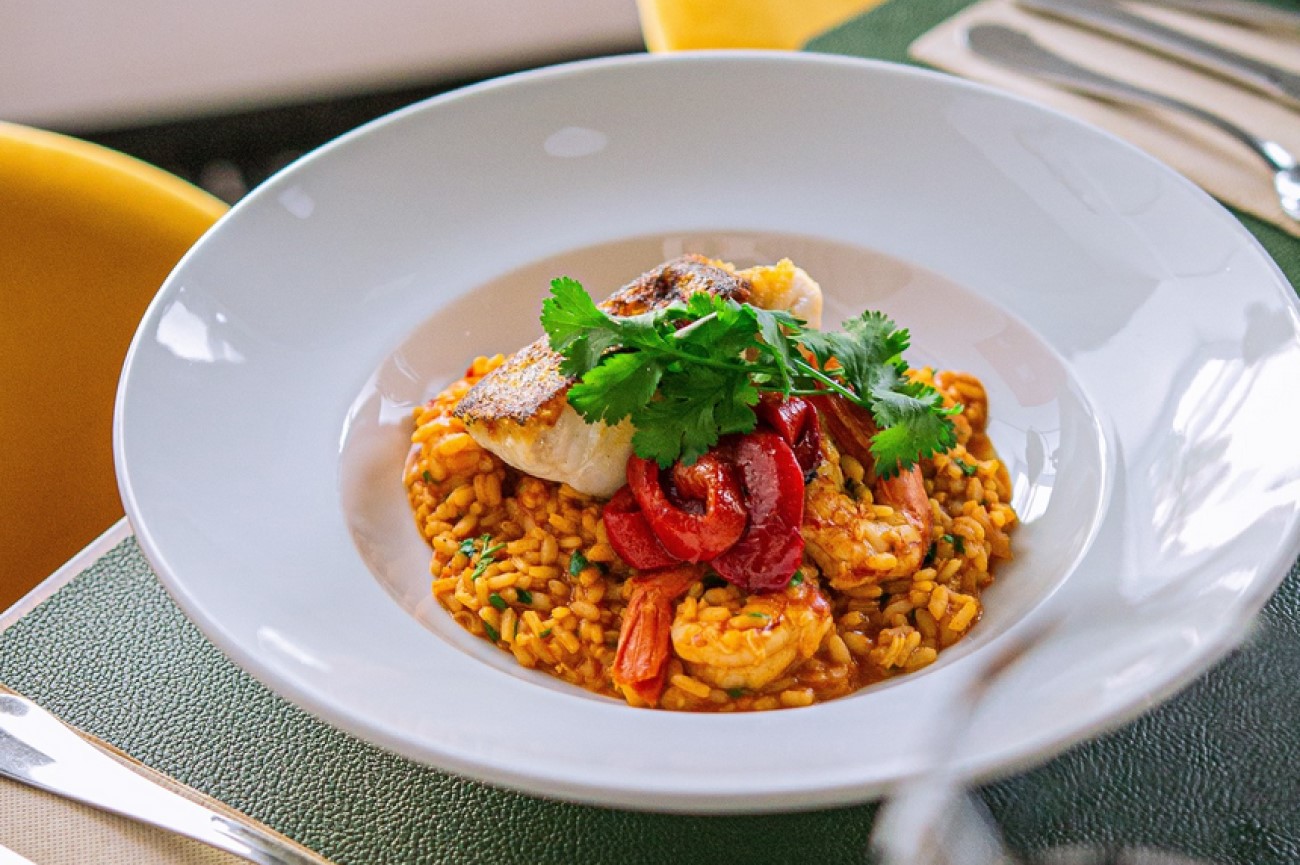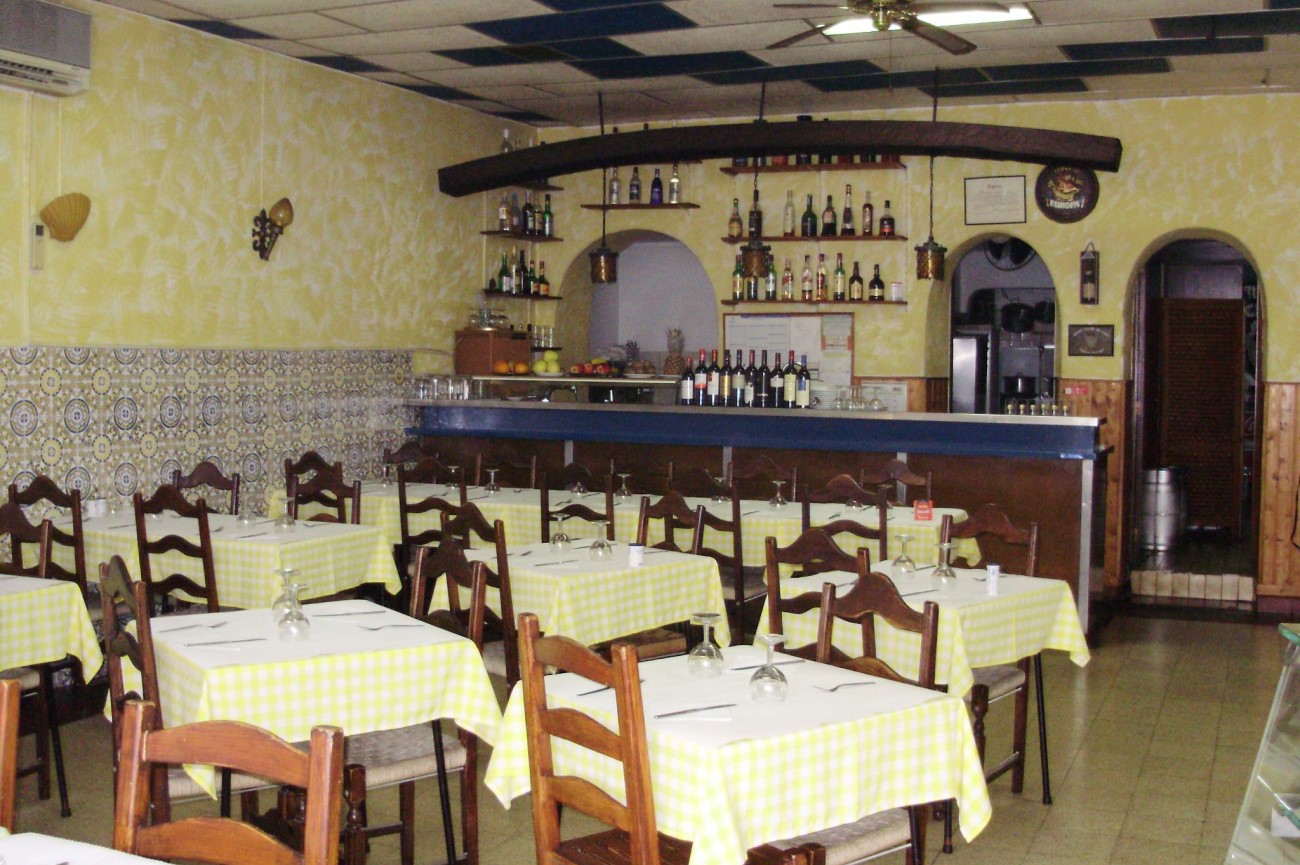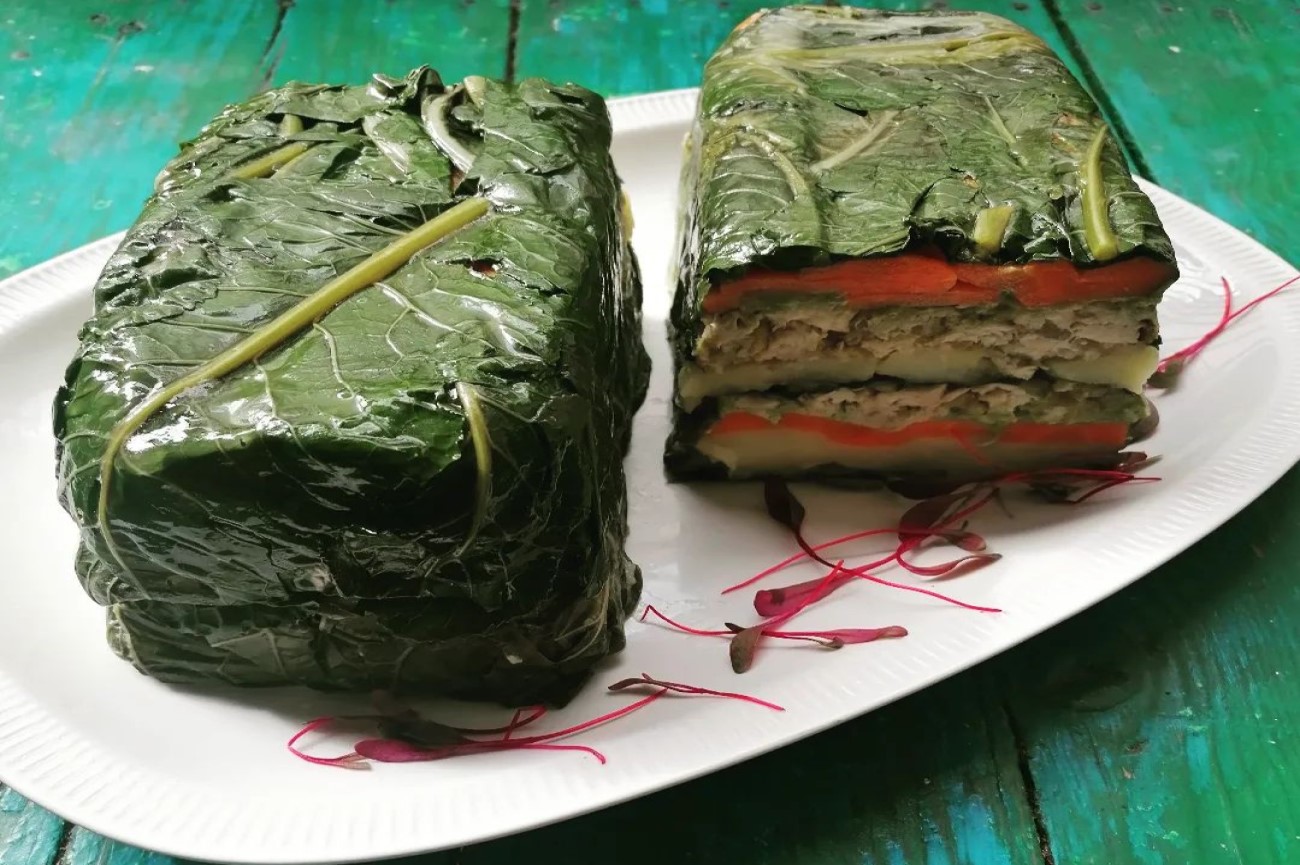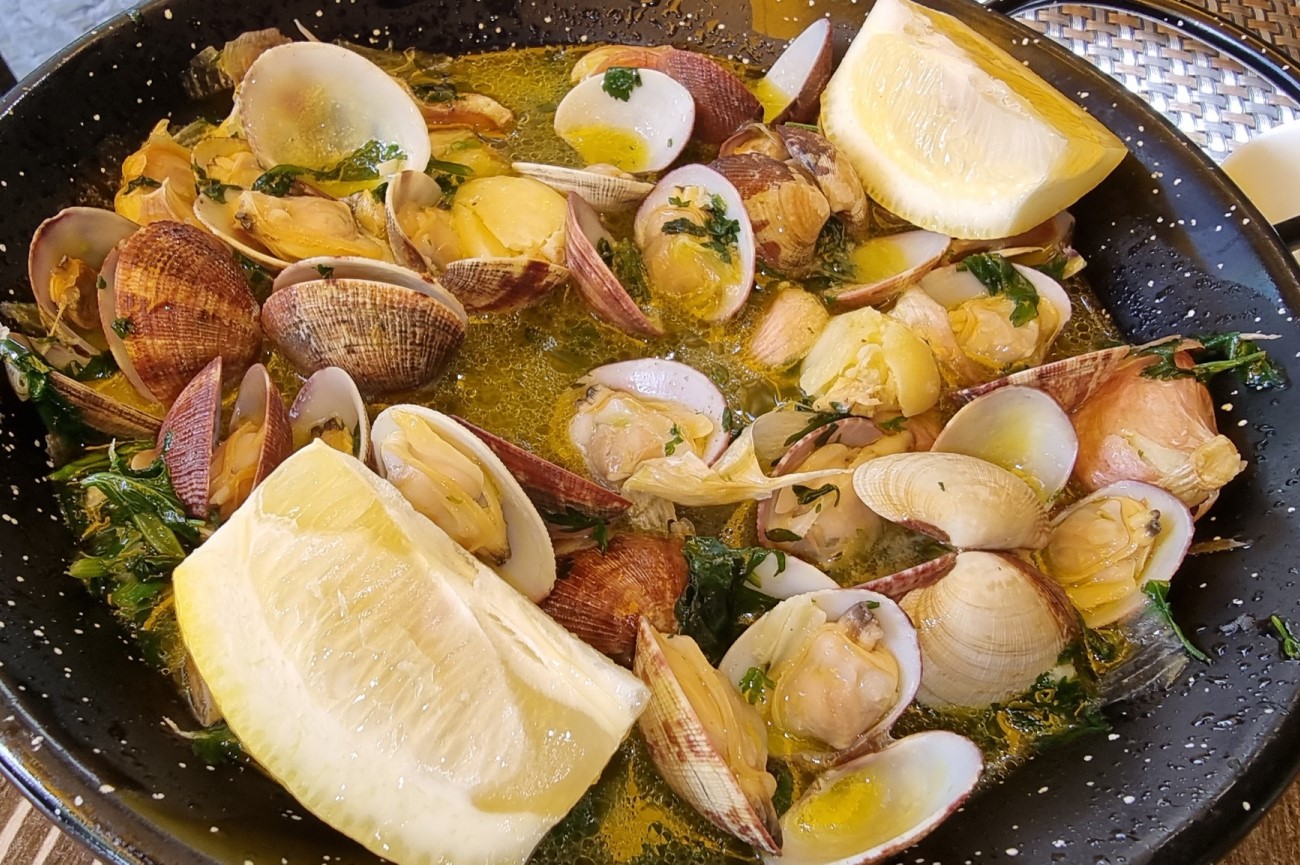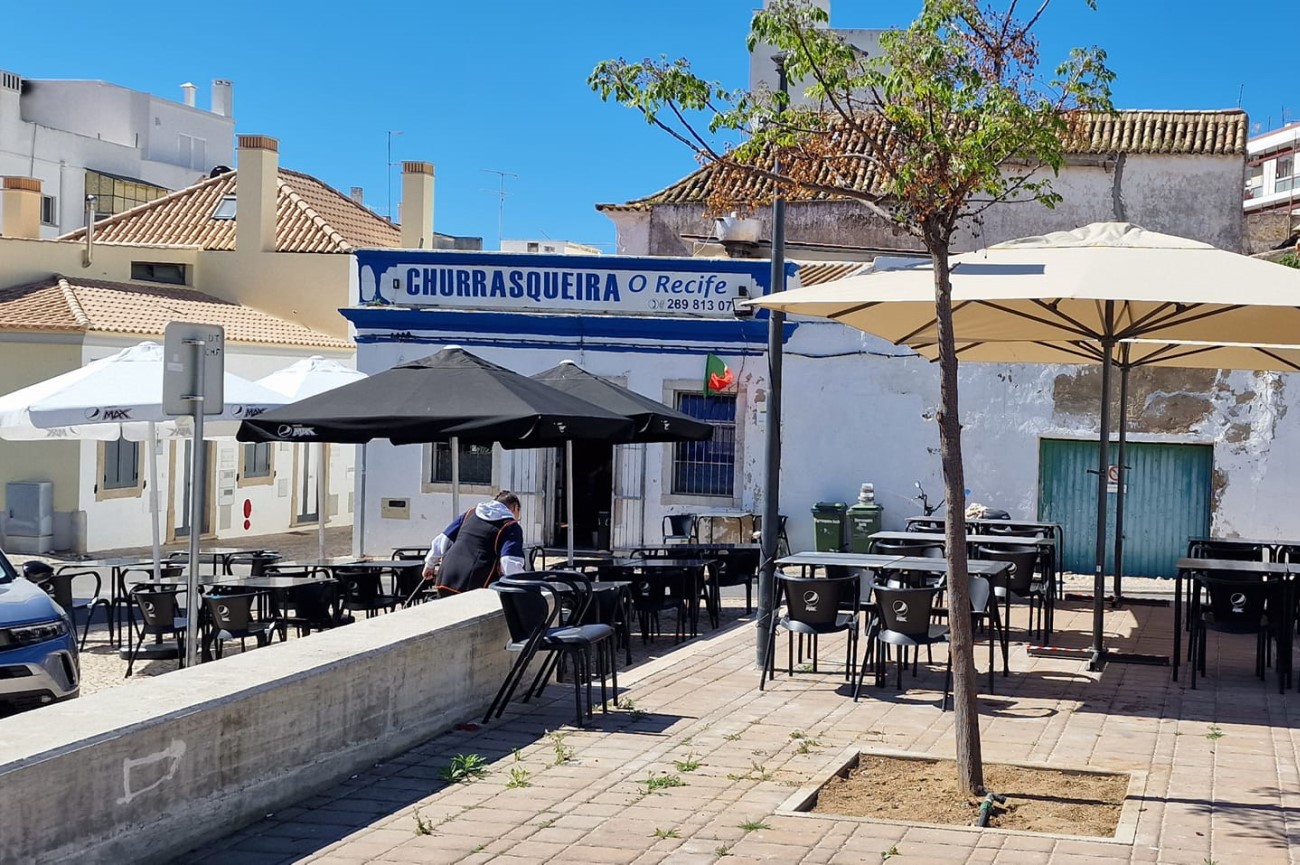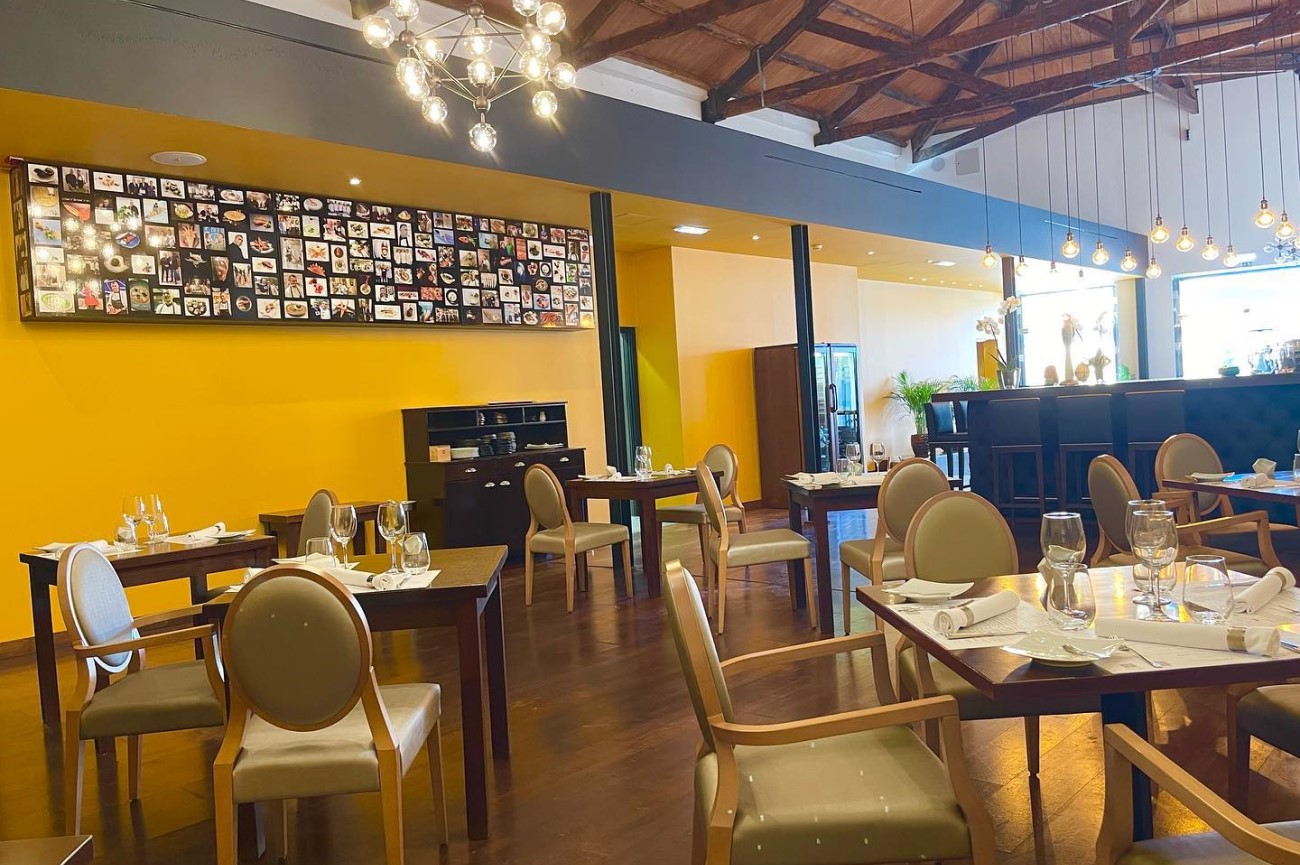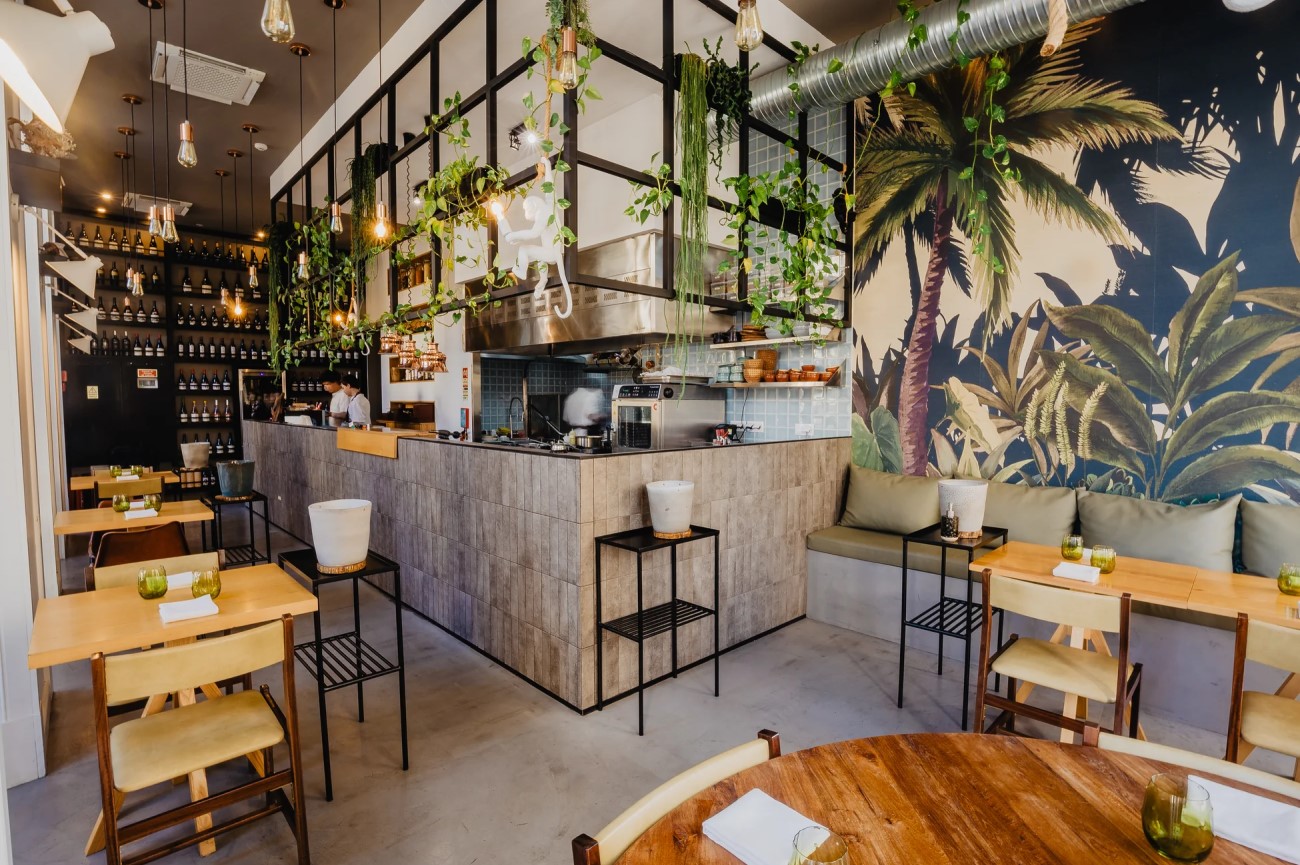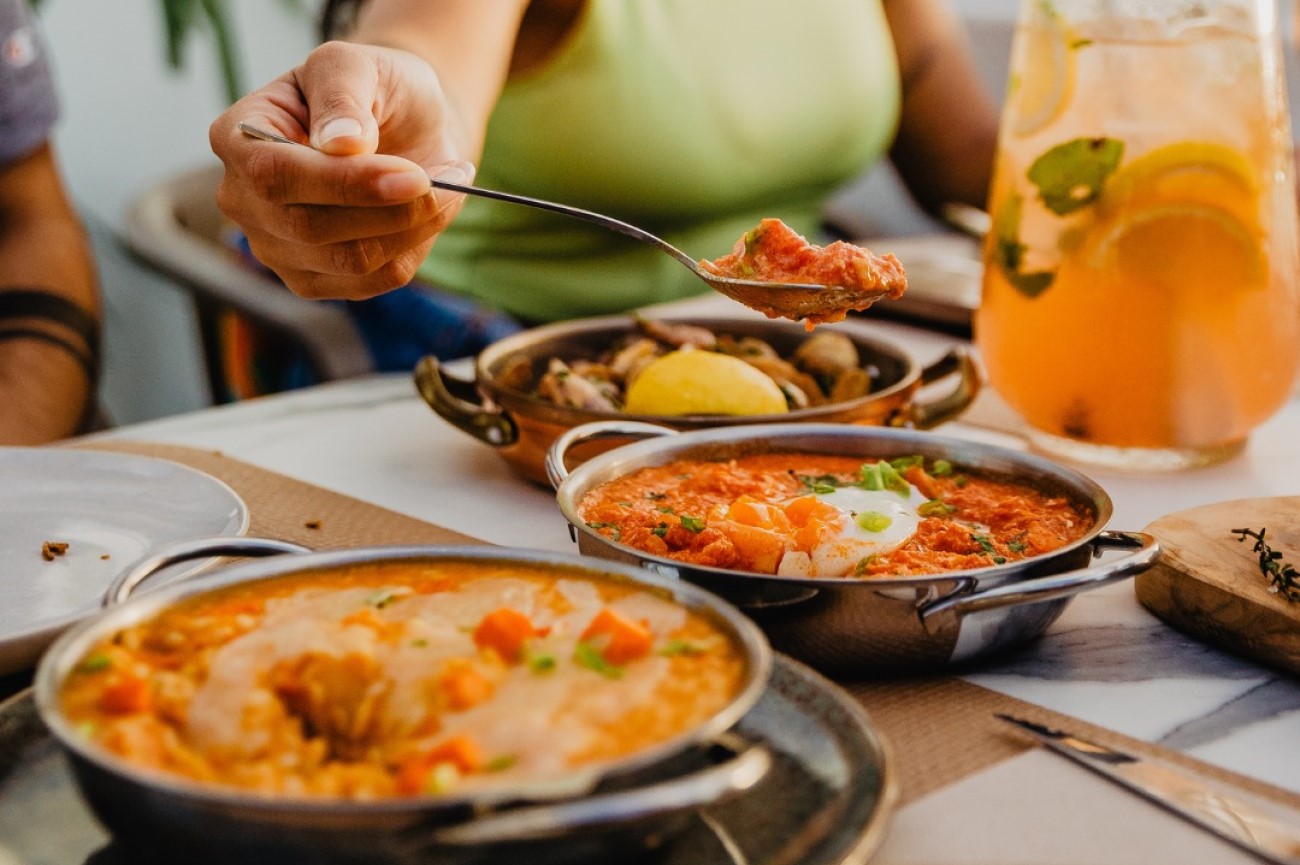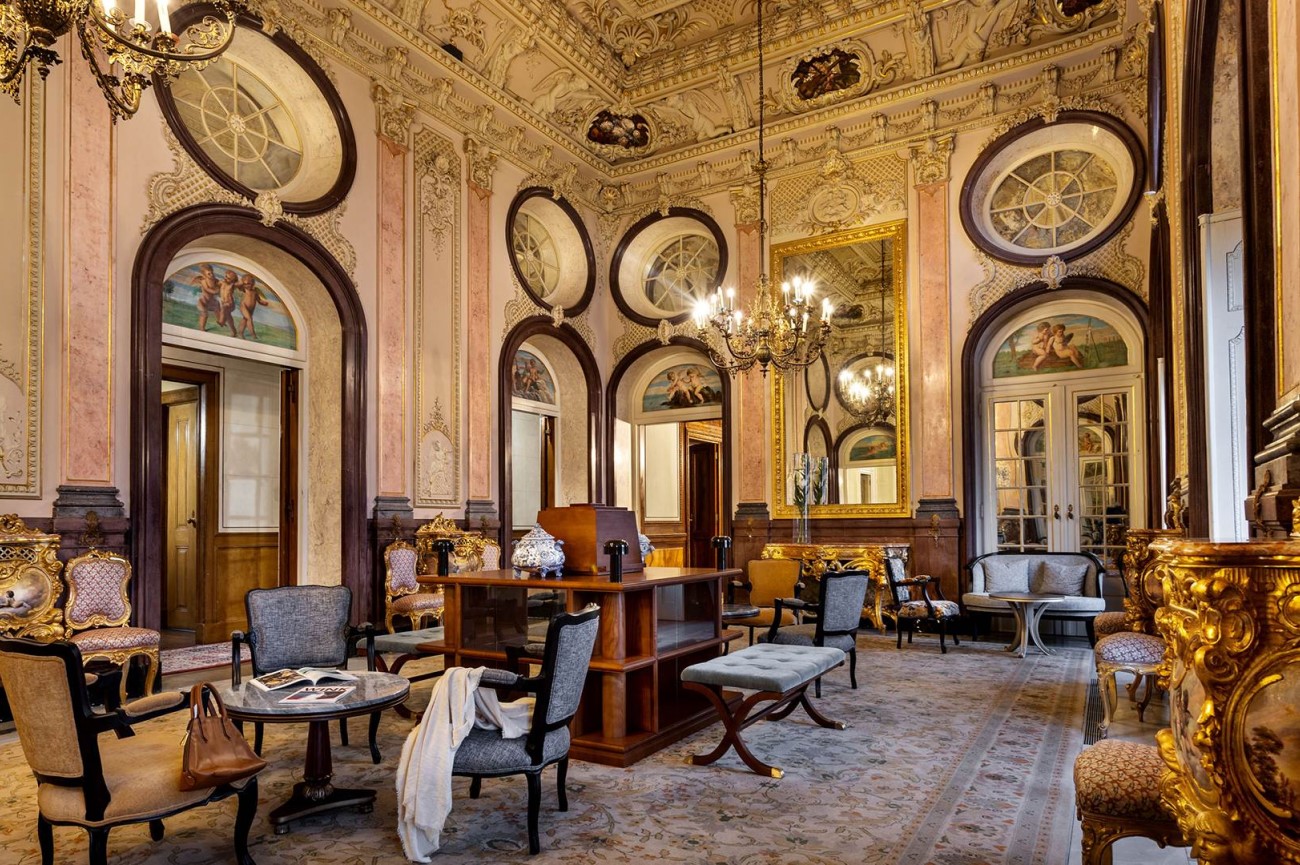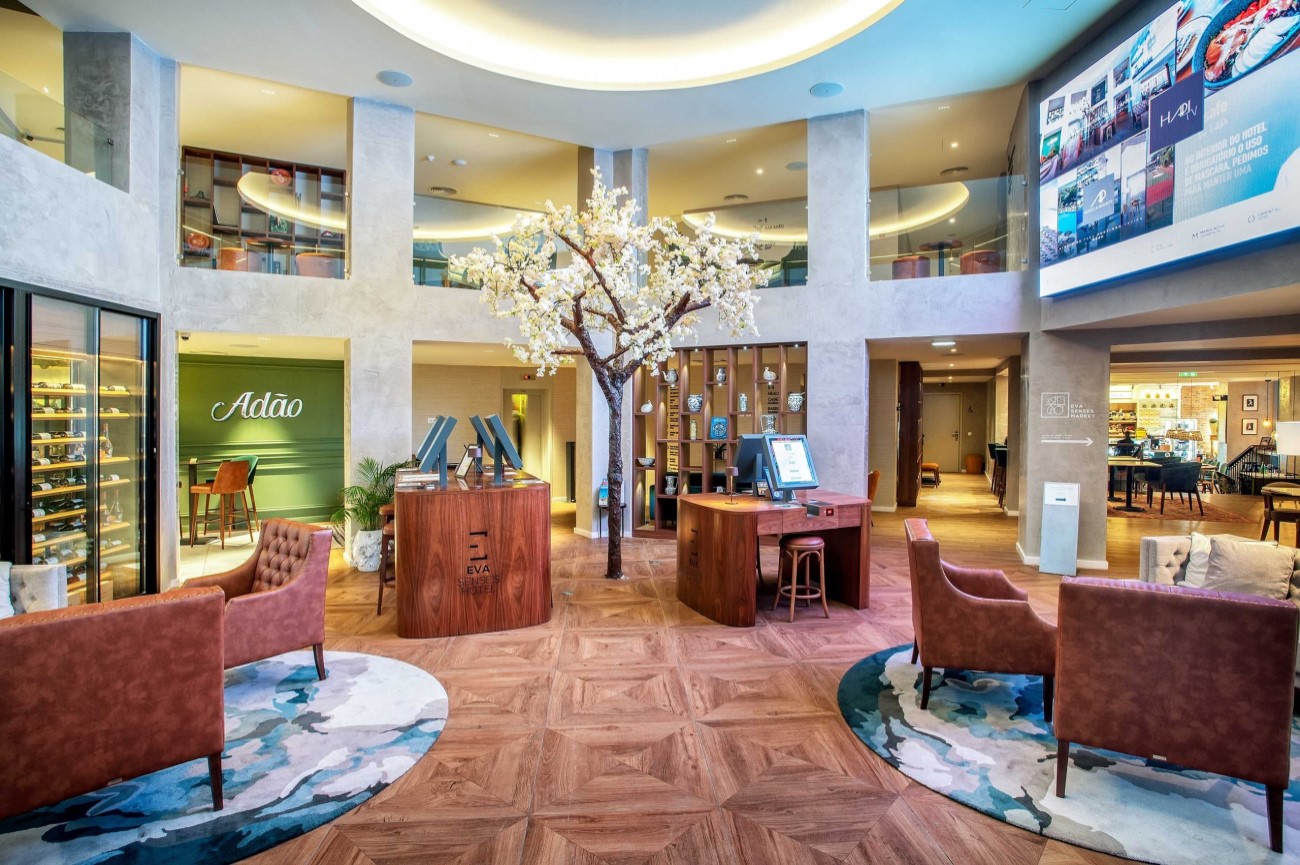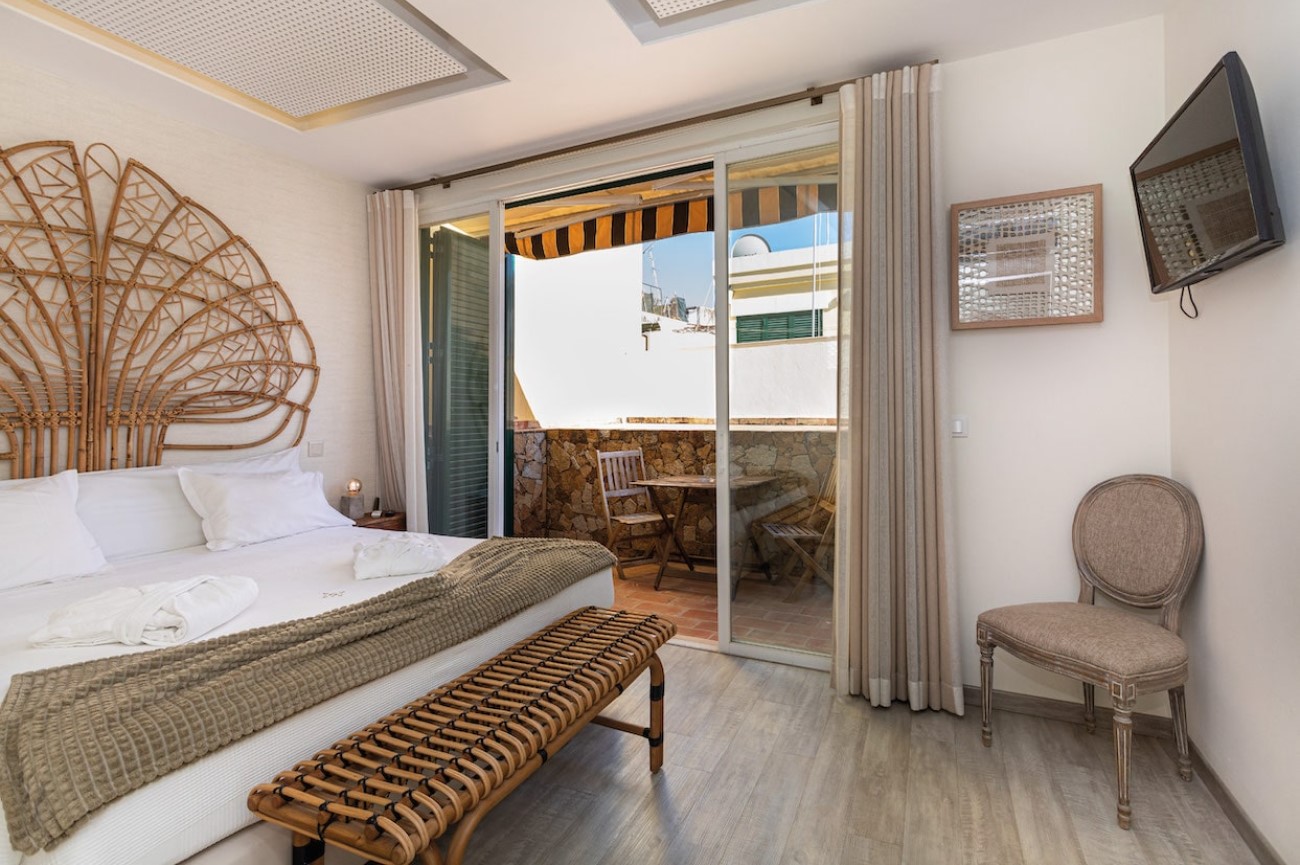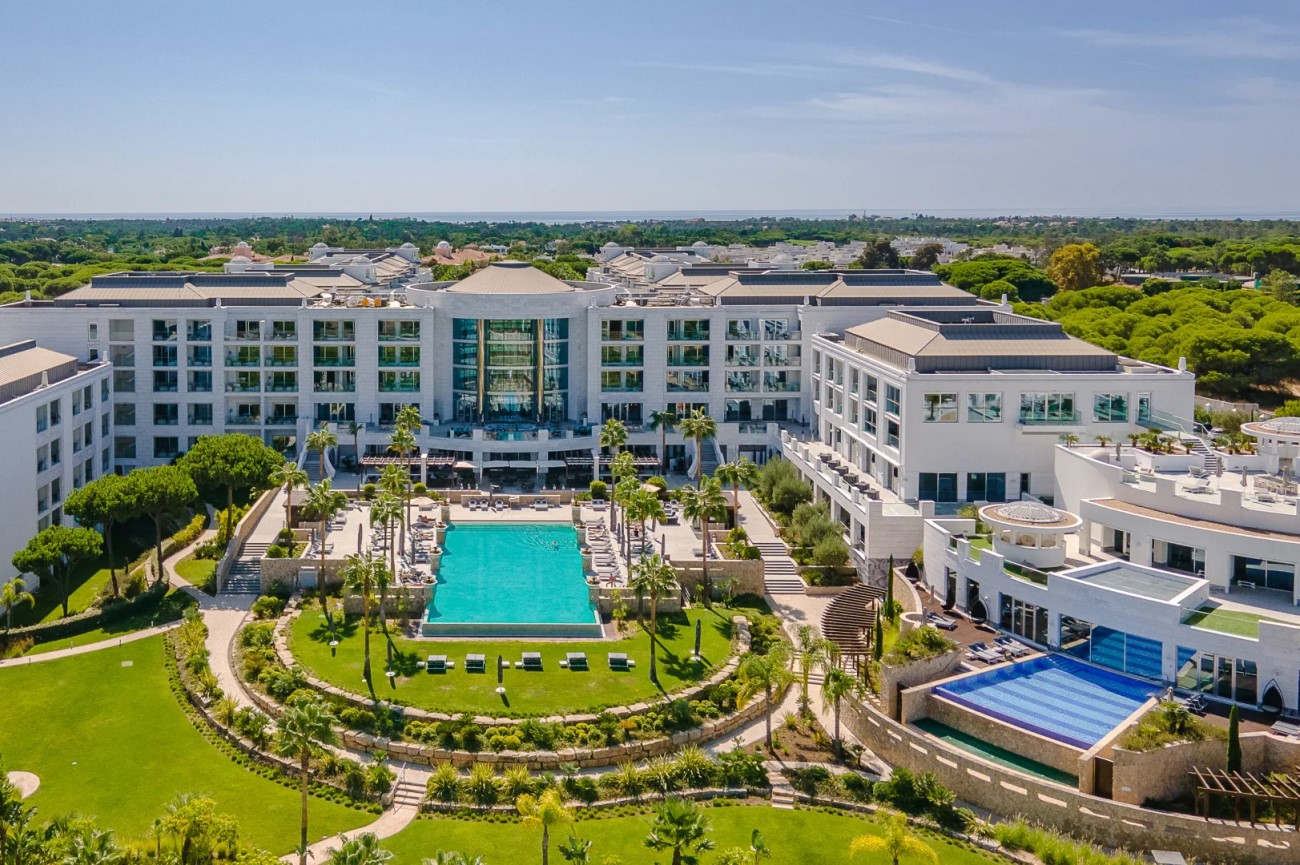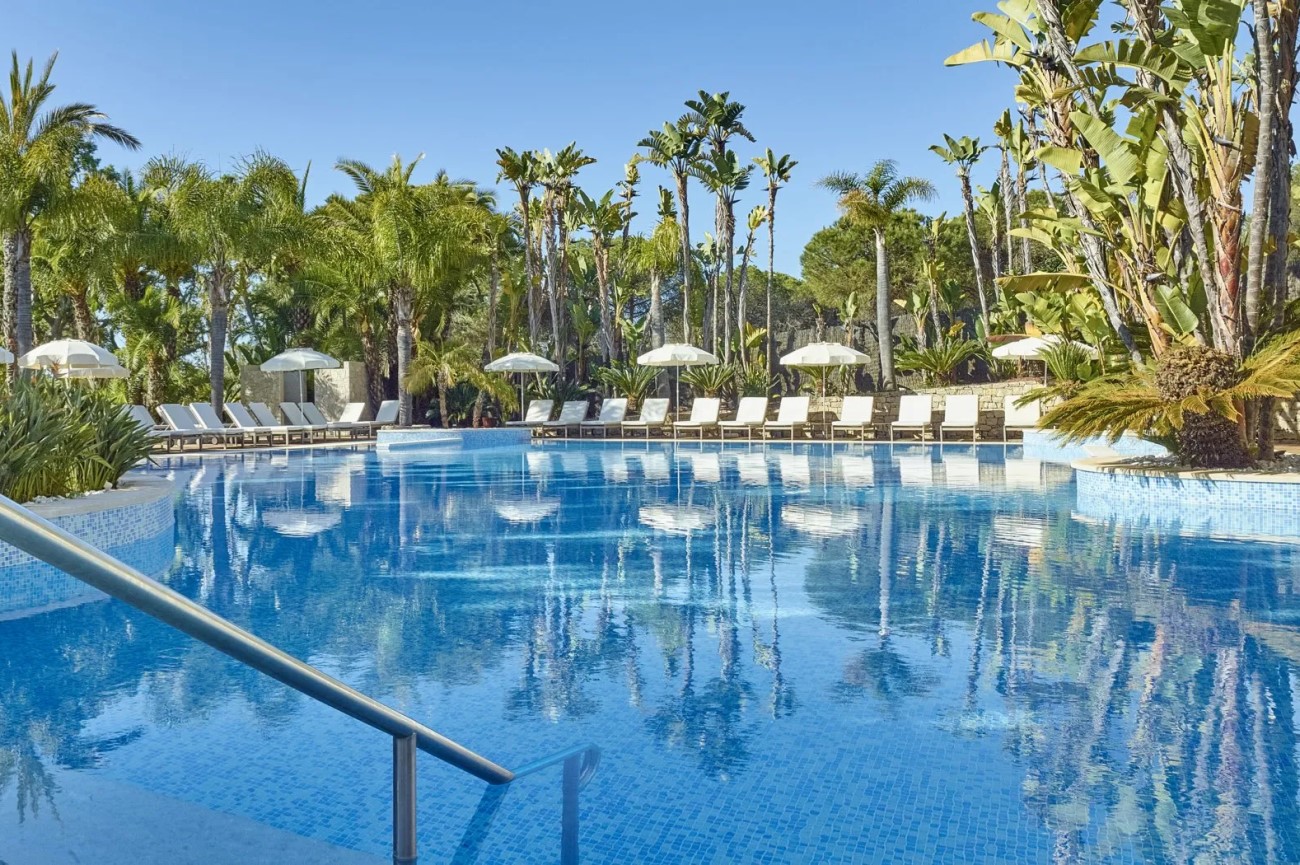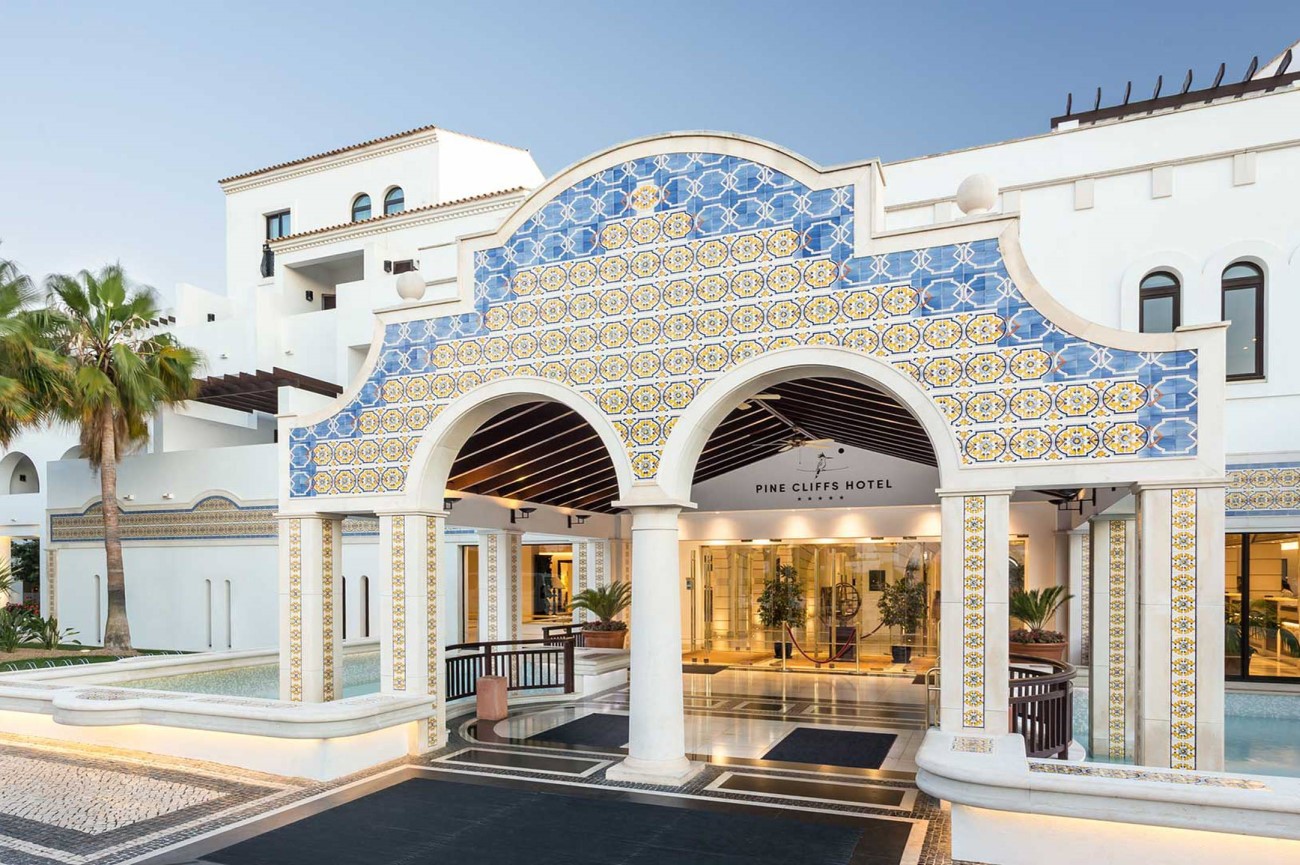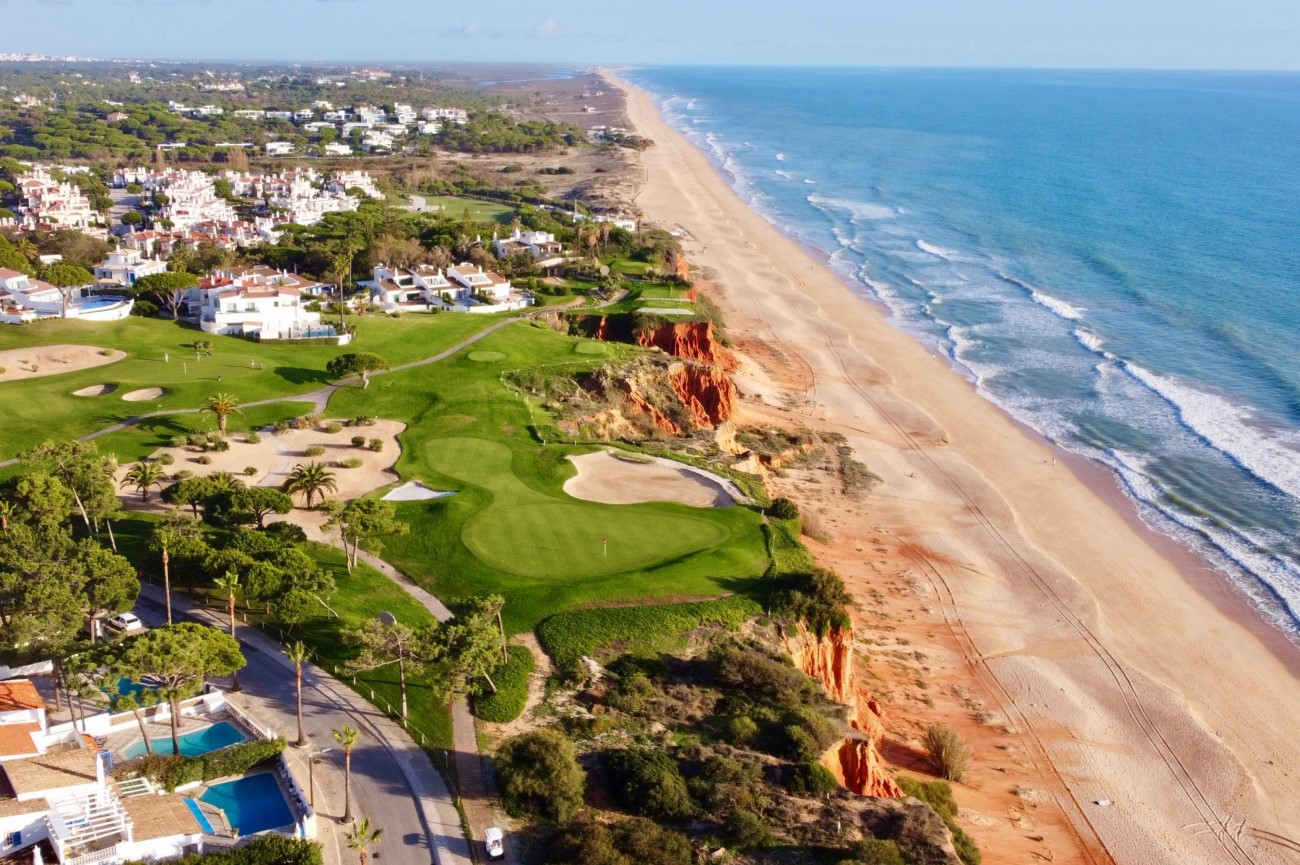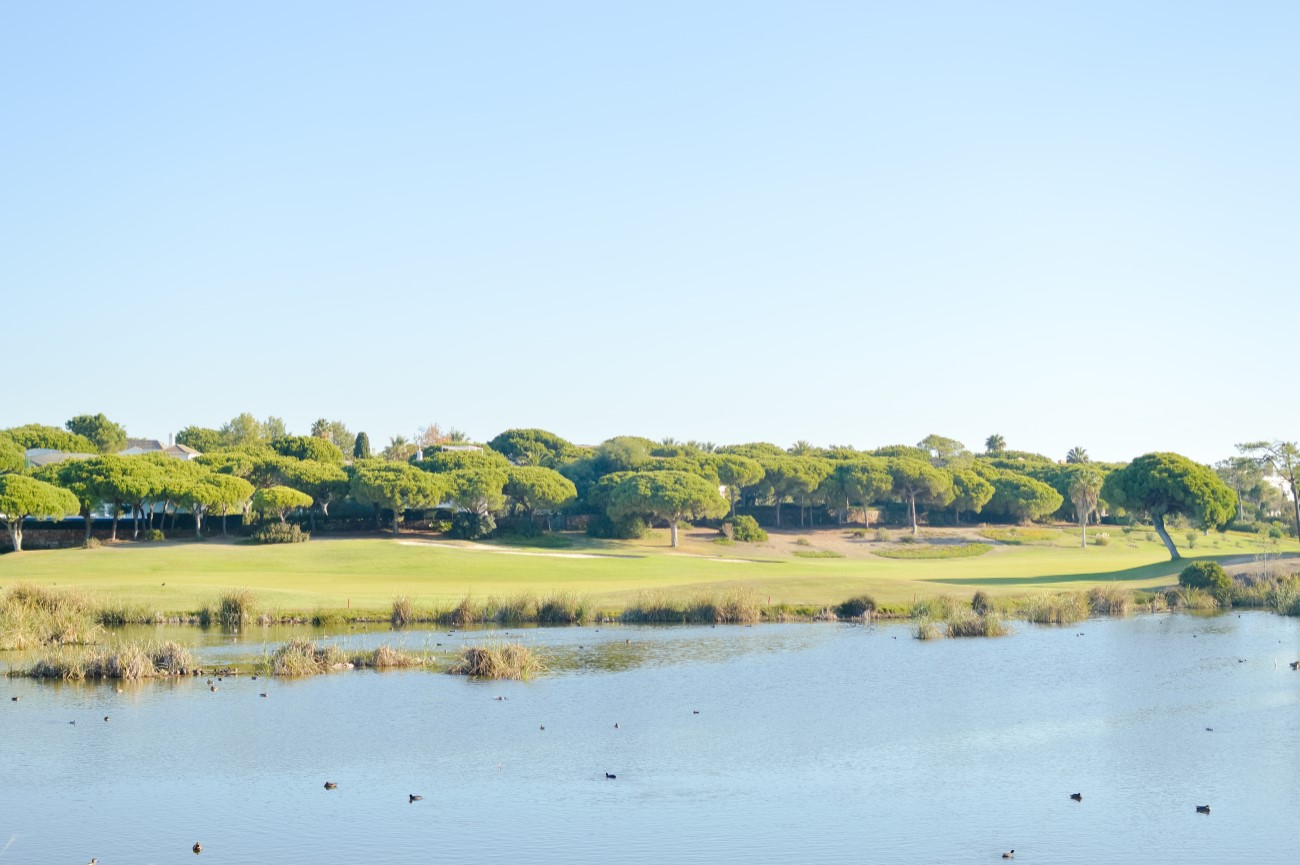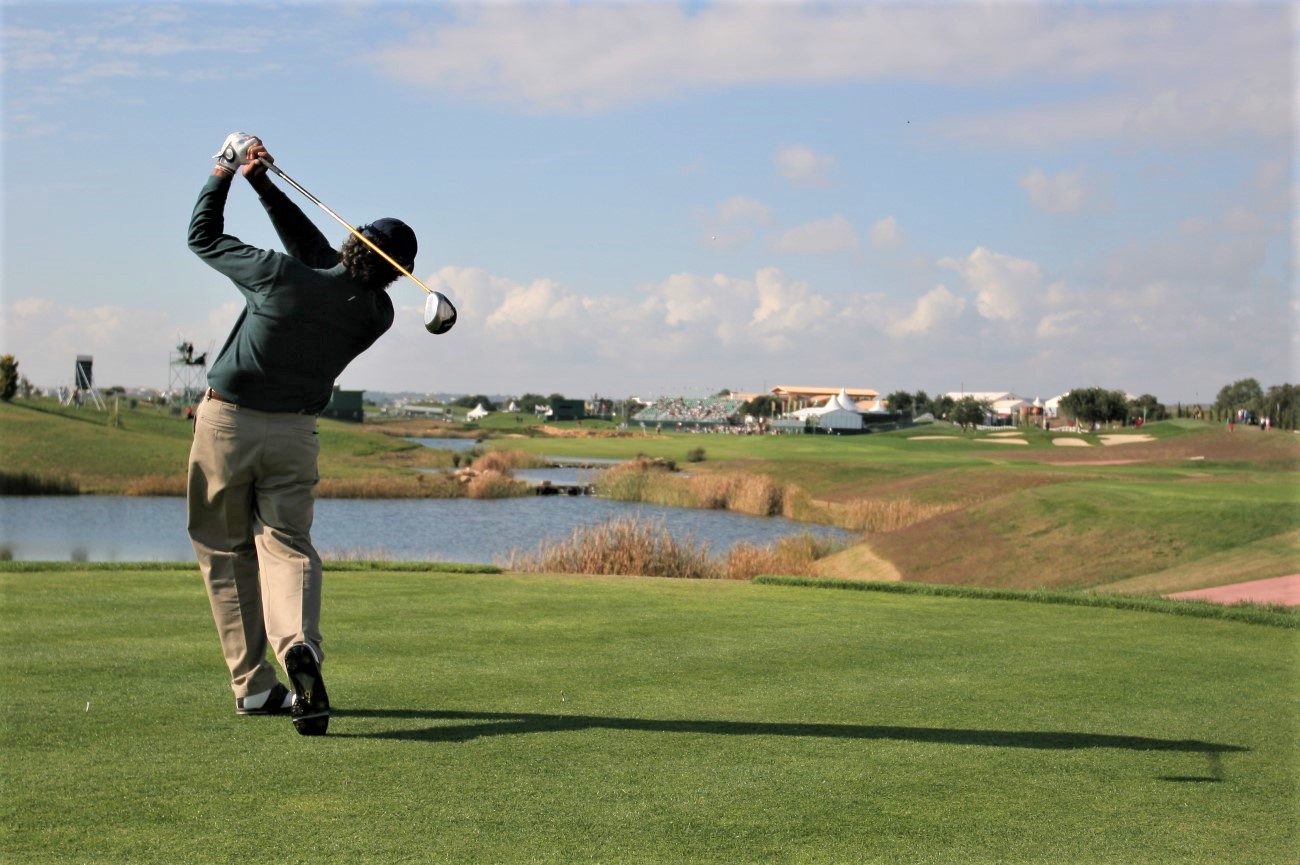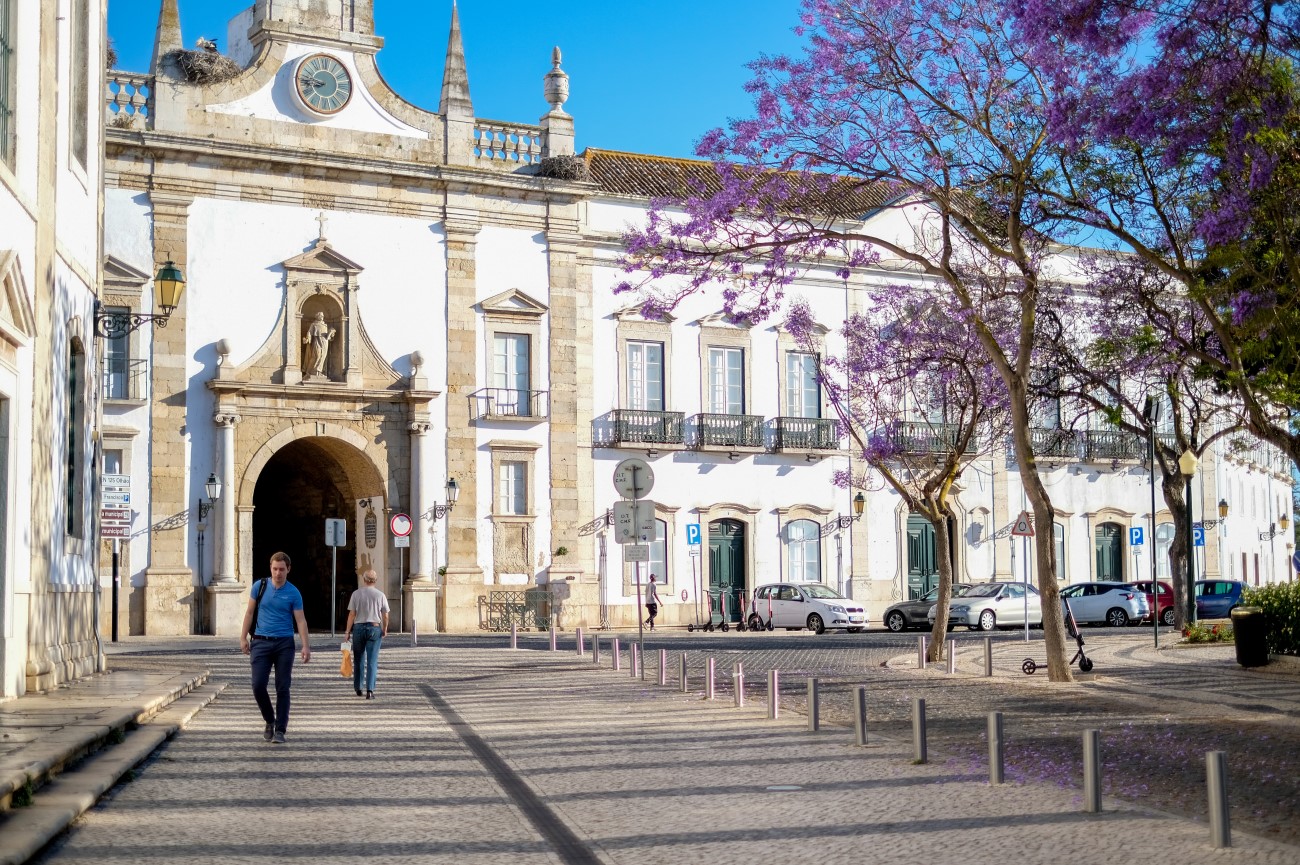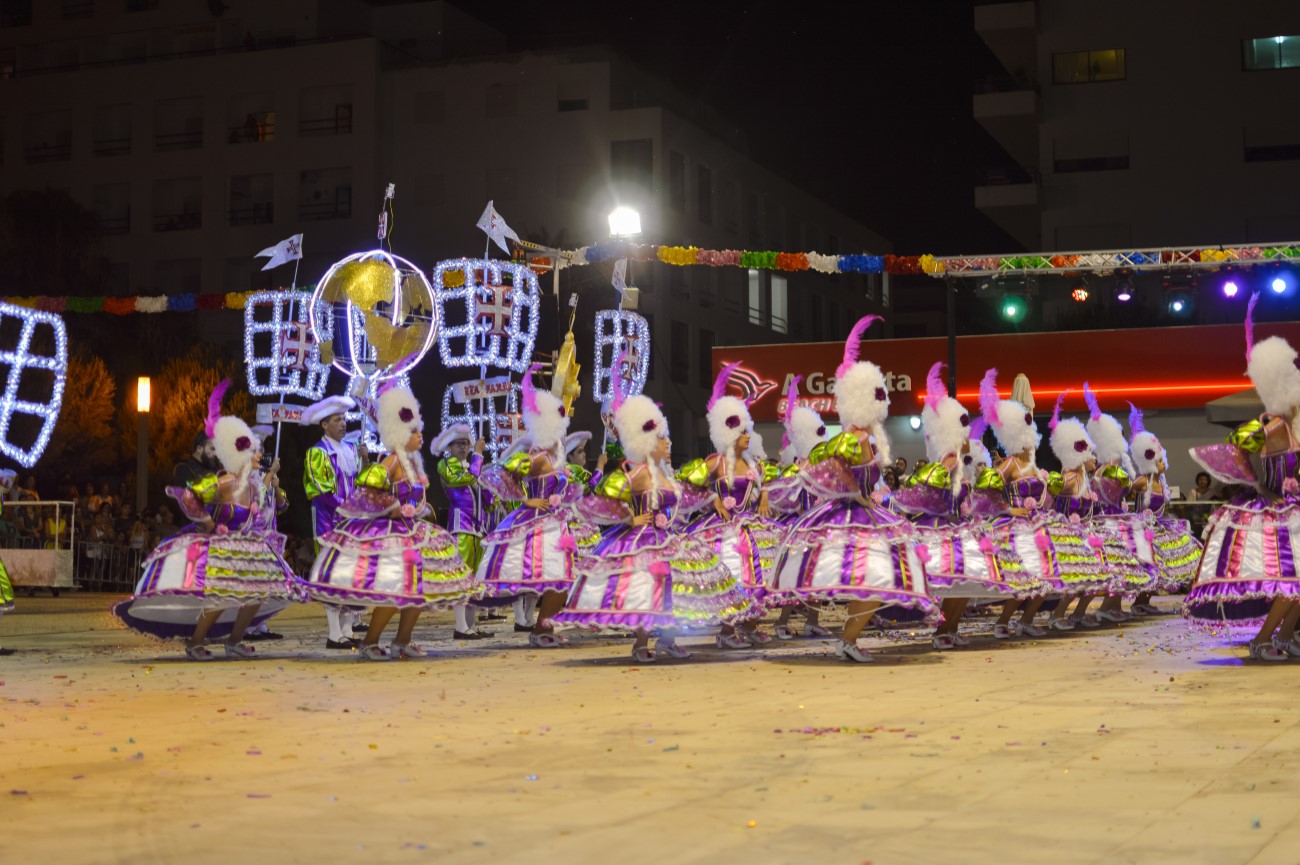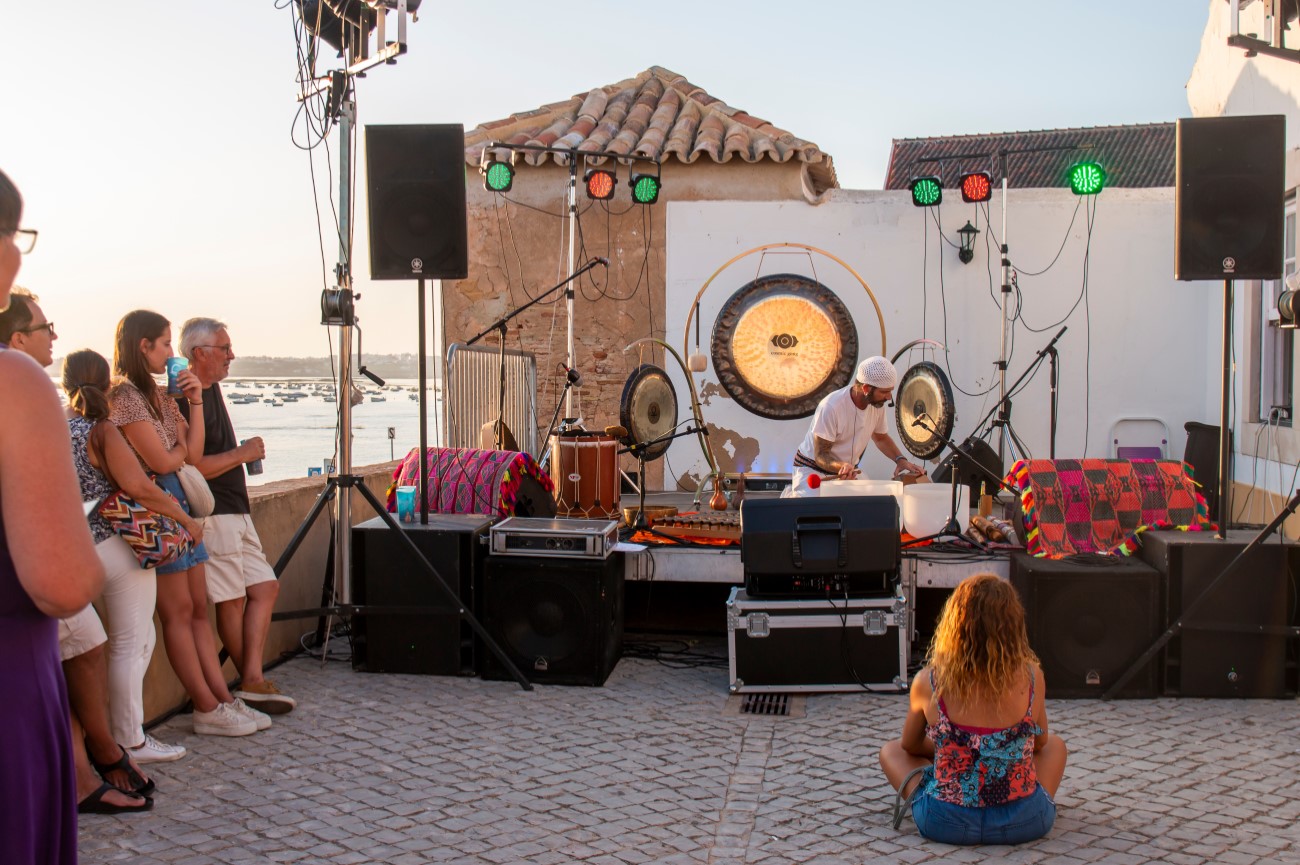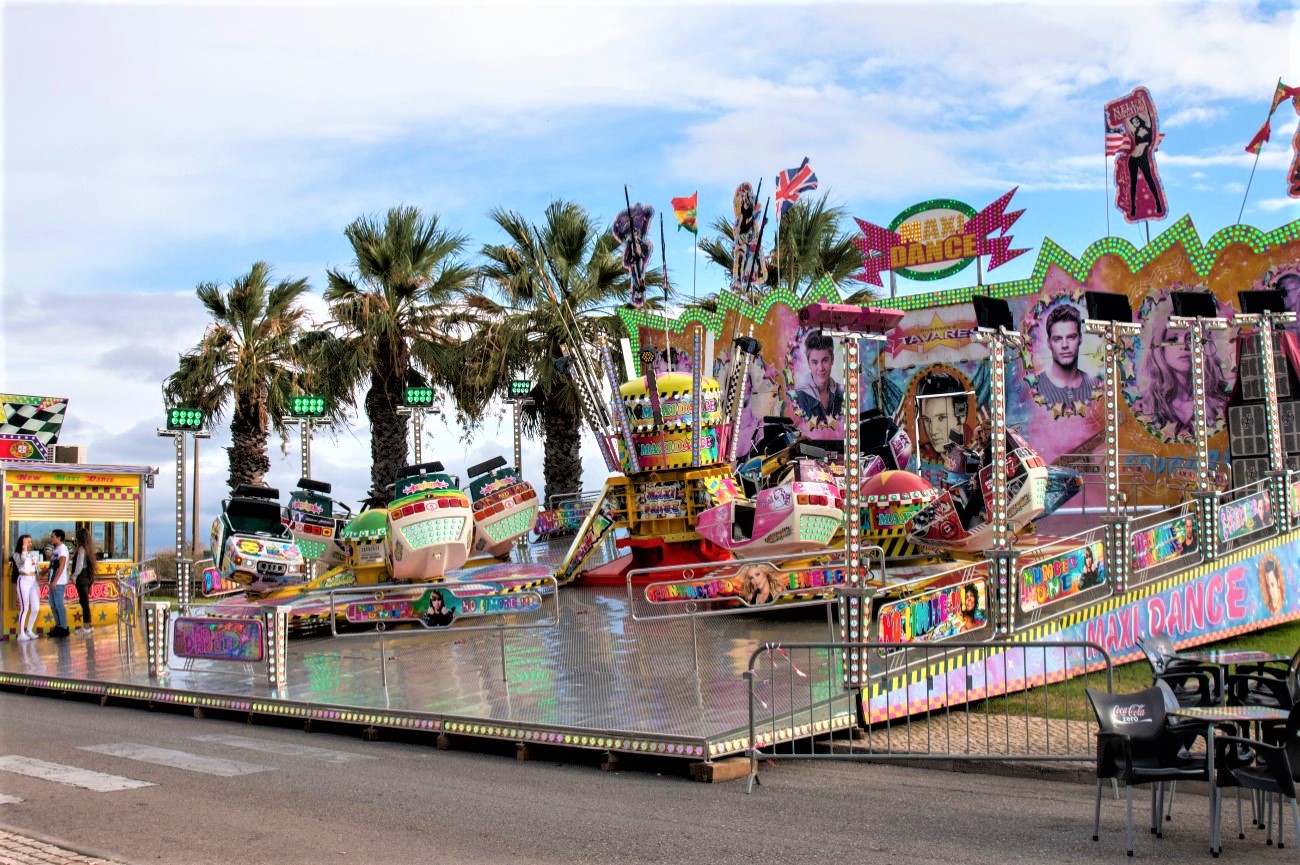Things to do in Faro, 3-day Itinerary
Many travellers are drawn to the Algarve for its dazzling beaches, hot summer nights, premiere golf camps, and staggering natural features that promise to leave its visitors in awe. The region’s popularity continues to grow worldwide, but there is still a side to the Algarve that remains unexplored by many: Faro, the main gateway to the Algarve.
The Faro airport is often the first stop on your route to the Algarve, and for some, it is the only side of Faro they will ever see. This underrated city is, in fact, the capital of the Algarve, but it receives much less attention than its neighbouring resort towns in the West. Yet it is full of stunning attractions, from Roman ruins to Baroque churches and a Rococo palace. The whole coast of Faro is also part of the Ria Formosa nature reserve, home to lagoons and islands dotted with golden sandy beaches.
Our three-day itinerary will show you the best things to do in Faro, including where to eat and stay, so you can make the most of your trip.
Day 1

Morning: Mercado Municipal de Faro
Start the morning with a visit to the Mercado Municipal de Faro. This traditional market sells anything from fresh seafood to fruits and vegetables. It also houses many cafés and restaurants where you can sample the local cuisine.
Igreja do Carmo
Continue onto the Igreja do Carmo, an 18th-century Baroque church. Standing outside, the first thing that stands out is the bright yellow window frames, which contrast against the white façade. On top of the church’s towers, you’ll often spot nests of storks. Be sure to step inside to admire the stunning gilded woodwork, stained glass windows and tiled walls.
Capela dos Ossos
The ticket to the church also includes access to the Capela dos Ossos (Chapel of Bones), which is right behind the main church building. “Stop here and consider the fate that will befall you.” — is the quote you'll see before entering the room fully adorned with bones and skulls. Inside are the remains of over 1000 monks exhumed from an overcrowded local cemetery during the 19th century.
Marina de Faro
After the chapel, follow the path to the Faro marina,
where many locals dock their boats. From here, you can hop on a ferry to
the local beach, Praia de Faro, or one of the nearby islands, Ilha da
Culatra, Ilha da Barreta (also known as Deserta) and Ilha do Farol. You
can save this trip for the next day on this itinerary, though.
Faro Old Town
Make your way towards the Old Town, stopping to admire the Arco da Vila. On top of this neoclassical arch is a figure of the city’s patron saint, St. Thomas Aquinas. It marks the entrance to Faro's medieval neighbourhood known as Vila Adentro. Inside is a maze of narrow roads lined with orange trees and whitewashed houses.
Bishop’s Palace — Paço Episcopal
At Largo da Sé, you’ll spot the Paço Episcopal. Built between the 15th and 17th centuries, it is still the residence of the bishop of the Algarve. Visitors can explore the inside, decorated with stunning tile façades.
Catedral de Faro
Take a few steps to Faro’s Cathedral, a splendid building that was once the site of a mosque. Later, with the attacks of the English troops and a wave of devastating earthquakes, the church underwent a series of renovations which significantly altered its original features. The result is a unique mix of Renaissance and Baroque architecture. Make sure to climb up to the church's tower. If you follow the narrow stairs to the top, you will be rewarded with stunning views of the city of Faro and the Ria Formosa Natural Park. It is one of the best viewpoints in town and the perfect place to capture the sunset.
Afternoon: Museu Municipal de Faro
Our next stop is Faro's Municipal Museum. The museum’s artefact collection features a variety of items from the prehistoric era to the neoclassical period. Highlights include the large Roman mosaics and the cloister garden surveilled by gargoyles. If you’re lucky, you might catch a fado show, a traditional music genre from Portugal which combines singing and guitar performances.
Arco do Repouso
Encircling the old town are traces of the city’s medieval walls. The Arco do Repouso is one of the few gateways remaining, along with Arco da Porta Nova and Arco da Vila.
Jardim da Alameda João de Deus
End the day at the Jardim da Alameda João de Deus, the largest garden in the city. Following the palm tree corridor, you will end up near a small striped house with beautiful Islamic details. There is also another Neo-Arab building, a former slaughterhouse, now home to the city’s main library. The wandering peacocks add to the garden’s charm.
Day 1 - Faro Tour Map
Day 2

Morning: Museu Regional do Algarve
It’s worth visiting the Algarve's Regional Museum. Inside you’ll find a series of photographs showcasing how the Algarve has evolved through the centuries, from traditional objects used for fishing to local costumes.
Parque Natural da Ria Formosa
Near Faro is the Ria Formosa Natural Park, a stunning coastal lagoon system stretching over 60 kilometres. Within it, there are barrier islands and channels that provide a habitat for many marine and bird species. Faro is a migratory link between Europe and Africa which means that you can see a large number of bird species. The nature park has become a breeding ground for many species, including flamingos. You may also be lucky enough to spot sandpipers, terns, short-toed larks, storks, grebes, razorbills, spoonbills, ospreys, stilts, shanks, and different varieties of plovers.
Afternoon: Ilha Deserta
From Cais da Porta Nova, hop on a ferry or shuttle to Ilha da Barreta, also known as Ilha Deserta. In a few minutes, you will reach the island’s shore. Deserta is worlds apart from the jam-packed beaches of the Algarve. In fact, this is one of the least frequented beaches in the south. It belongs to the Ria Formosa Natural Park, along with four other islands that make up this coastal lagoon considered one of the country’s Seven Natural Wonders. Not many foreigners make it this far, and even for some locals, this paradisiacal refuge remains an unknown territory. For those who do venture this way, you’ll be rewarded with white sandy beaches, incredible wildlife and crystal clear water, all for a 10 euro trip — now, that’s a cheap ticket to paradise!
If you get hungry, there’s really just one place you can go — Estaminé is the only restaurant in Ilha Deserta. Its specialities include seafood dishes such as sea bass, clams and sea bream.
Santa Maria Boardwalk
Taking a walk along the Santa Maria Boardwalk will show you an incredibly biodiverse landscape. You will be able to see the barrier islands, which protect the Ria Formosa from the mighty Atlantic Ocean. There is a salt marsh biome, in which you can spy salt-loving plants and seagrass. The sand dunes are a wonder to behold, and when you step off the boardwalk, you will be on the beach where you can relax, or take a dip in the ocean. If you’d like to know more about the natural surroundings of the boardwalk, hire a local guide to walk you through it all.
Other islands worth visiting near Faro include the Ilha da Culatra and Ilha do Farol. Beyond the ferry, you can also book guided boat trips to these places.
Day 2 - Faro Tour Map
Day 3

Morning: Igreja Matriz de
Estoi
It’s time to take a day trip to Estoi. This small town is only 20 minutes from Faro and well worth the visit. You can easily get there by bus, stopping at the Estoi church. The Igreja Matriz de Estoi is set right in the town’s centre. It was built in the 15th century, and like Faro’s church it was also affected by the earthquake of 1755 and later restored to its former glory.
Afternoon: Palácio de Estoi
It’s hard to miss the Estoi Palace with its predominant pink façade and its luxurious gardens. This 19th-century palace is now a hotel, with little more than 60 rooms, a spa and two large swimming pools, along with many other facilities you would expect to find in the finest hotels. Its interior is museum-worthy, with magnificent plaster ceilings, stunning chandeliers and mythological figures on the walls. Outside, goddess statues and tile panels hide amongst the greenery. Visitors are allowed to explore the main garden and the hotel’s grand room.
Roman Villa of Milreu
Continue your walk towards the Roman Villa of Milreu. This well-preserved Roman site was erected during the 1st century AD and served as a luxury villa in the following centuries. It featured a bathing complex and a large temple. Most of its mosaics are still very much intact and show a clear emphasis on sea motifs.
Day 3 - Faro Tour Map
Other things to do in Faro
- Parque Ribeirinho de Faro: This 16-hectare park sits along the Ria Formosa. It’s an ideal spot for a picnic or an afternoon stroll. You can take advantage of the bike lane, playground and bird-watching posts.
- Faro theatres: While in Faro, you can catch a show at one of the local theatres. In the city centre is the Teatro Lethes, one of the oldest theatres in Portugal. It hosts a mix of plays, concerts and dance shows. Another option is the Teatro das Figuras, located near the Parque Ribeirinho de Faro.
- Faro Jewish tour: Discover Faro’s Jewish heritage by following the Jewish route (Percurso Judaico de Faro). For guided tours, contact the Faro Jewish Tour or Look-Al.
- Ilha de Faro is accessible by car, and you will find Praia de Faro here. Praia de Faro is well-known as one of the best beaches in the area. Praia de Faro stretches for 5 kilometers and is well-attended compared to the rest of the beaches in this list. However, it is still possible to find seclusion if you really want it. Praia de Faro is located conveniently close to the airport, and transportation by bus is very inexpensive. There are bars, restaurants, and hotels in the very near vicinity, just waiting to be explored.
- Wine tasting at Quinta da Tôr: If you fancy a wine tasting, it’s worth driving up to Quinta da Tôr. Visitors can learn more about Algarve wines and enjoy a tasting surrounded by vineyards.
- Olive oil tasting at Monterosa Olive Oil Farm: Most of southern Portugal is surrounded by olive trees. A 30-minute drive from Faro is the Monterosa olive oil farm. Book a tour to learn more about olive oil production and taste a range of their organic olive oils.
Day trips from Faro:
- Igreja de São Lourenço: Just 15km west of Faro is the Igreja de São Lourenço. This 18th-century church in Almancil is one of the Algarve’s architectural jewels. The building stands out with its blue and white tilework and gilded altar.
- Olhão: About a 20-minute drive from Faro is Olhão, one of the region’s biggest fishing ports. Also bordered by the Ria Formosa, the town offers easy access to the barrier islands of Culatra and Armona. Other popular attractions include the fish market and the church of Nossa Senhora do Rosário.
- Loulé: Head a few miles northwest, and you’ll stumble upon Loulé. The main attraction here is the bustling local market with its Neo-Arab features. Founded in 1908, it is still the place to buy fresh produce and handicrafts. Visitors can also explore the Moorish castle and the town’s contemporary galleries.
- São Brás de Alportel: This small town is home to one of Portugal’s top cork factories. It’s worth visiting the factory to learn more about this traditional industry. In the centre of town is the Algarve Costume Museum, which showcases regional clothing from the 19th to the 20th centuries.
- Tavira: Facing the Gilão River, Tavira is one of the prettiest towns in the Algarve. It has churches from all eras, a Roman bridge and a hilltop castle overlooking the town and the river. Visitors also have access to the secluded beaches of Ilha de Tavira.
- Cacela Velha: Cacela Velha is a small village approximately 50 km east of Faro. It is famous for its beach and whitewashed houses overlooking the Ria Formosa Natural Park. While you’re here, be sure to visit the village fort and sample delicious seafood at one of the local restaurants.
Top things to do with kids in Faro
Faro offers plenty of attractions for kids. A tourist train takes you along some of the city’s top attractions, saving you some time and energy. In the centre of town is the Centro de Ciência Viva do Algarve, a science centre which has live animals and interactive exhibits covering topics such as astronomy, earthquakes and tides.
Parents with smaller kids can take advantage of the playgrounds around the Jardim Alameda João de Deus or the Parque Ribeirinho. This last one is also a great spot for a picnic.
On the outskirts of the city is the Forum Algarve, one of the region’s main shopping centres. There is a large food court here and a cinema that often screens children’s films. Nearby, Mar Shopping also offers a cinema and a playground for kids.
If you’re visiting in the summer, it’s worth hopping on a boat to Faro’s islands, where you can do activities like kayaking, canoeing and SUP. Alternatively, you can head a bit further and enjoy attractions like the Aquashow Waterpark (Almancil) or the Rocksalt Mine (Loulé).
Where to eat in Faro
Much of Faro’s ingredients come from the nearby Ria Formosa Natural Park. These include shellfish, like clams and oysters. As you would expect, most dishes here are seafood-based, from the caldeirada (fish stew) to the arroz de lingueirão (razor clam rice). Then there’s the cataplana, which is the name of a dish, but also the shell-shaped copper pan in which it is cooked. Among the most famous recipes that use this utensil are the Amêijoas na Cataplana (clam cataplana) or the Cataplana de Tamboril (monkfish cataplana). Now that you know some of the regional delicacies, here are some of the best places to eat in Faro:
- Afecto: Enjoy a homemade meal at this cosy restaurant in the heart of Faro. The main courses include delicious seafood dishes like octopus cataplana or black rice with crispy squid. There are also meat and vegetarian options available.
- São Domingos: This traditional restaurant serves a variety of regional delicacies. The house specialities include seafood rice and seafood cataplana (which can be shared among two people).
- A Venda: This quirky spot stands out with its vintage-style decor. They offer tapas-style dishes, including several vegetarian and vegan dishes. Occasionally, there are thematic menus.
- Chefe Branco: This lively restaurant is famous for its skewers and grilled seafood. It can get quite busy during rush hour, so come early or be ready to wait in line.
- O Recife: Locals come here for one thing and one thing only: the barbecue chicken. You can order half of it or a whole one to share. Side dishes include salad, fries and rice.
- Checkin: Holder of a Michelin star, Chef Leonel Pereira also runs this informal restaurant in Faro. The menu is inspired by the chef's career and his Algarve roots. The idea is to order a few dishes to share. Note that it’s only open for dinner.
- Alameda: This high-end restaurant serves two tasting menus, including a vegetarian option. Chef Rui Sequeira has curated a series of dishes using seasonal ingredients from the Algarve, his homeland. It’s also possible to order à la carte.
- Bel'mare Gastrobar: If you find yourself near Praia de Faro, you can stop by Bel’mare. The restaurant serves a mix of things, including burgers, seafood, and veggie-friendly dishes. The rooftop is the perfect spot to watch the sunset.
Where to stay in Faro
Best Hotels In Faro
- 3HB Faro (5 stars): The first five-star hotel in Faro, 3HB offers a series of modern rooms, some of which feature a private jacuzzi. From the rooftop, guests can enjoy panoramic city views while swimming in the infinity pool. Other facilities include a gym, spa, indoor pool and a pizzeria.
- Pousada Palácio de Estoi (5 stars): Located in Estoi, about 10km from Faro, is this unique hotel housed in a 19th-century palace. Many of the original features have remained intact, including the kitchen and the Rococo lounge, where they still serve afternoon tea. There’s also a bar, two pools, a sauna and stunning French-style gardens.
- Hotel Faro and Beach Club (4 stars): If you are looking for a superior view of the Ria Formosa, book a room at the Hotel Faro and Beach Club. This is a 4 star hotel that has modern decor, large rooms, and a breakfast buffet every morning. You will love the location, as it is conveniently located in the city center of Faro and is close to the Faro marina.
- Eva Senses Hotel (4 stars): Facing the marina, this hotel is close to the train station and many of the city’s top attractions. Most rooms offer balconies overlooking the city or the sea. Guests have access to a restaurant, spa, gym and a seasonal rooftop pool.
- Luxury Guest House_Opus One (2 stars): This cosy guesthouse offers a mix of suites and double rooms. Breakfast can be added to the stay, while other meals are served upon request. Among the amenities is a pool, bar and games room.
Best beach resorts near Faro
- Conrad Algarve: Set in Quinta do Lago, this luxury beach resort is only a 25-minute drive from Faro. It features several swimming pools, a spa and multiple restaurants, including a Michelin-star option.
- Ria Park Hotel & Spa: This five-star hotel is a 10-minute drive from the beach of Vale do Lobo. It includes a large outdoor pool and rooms overlooking the sea.
- Pine Cliffs Resort: A bit further away is the Pine Cliffs, a beachfront resort 40km west of Faro. It offers direct access to the beach, multiple swimming pools, a golf course, and plenty of dining options.
Fancy a vacation rental instead of a hotel? Here is our selection of the best vacation rentals in Faro.
Best golf courses near Faro
- Vale do Lobo: Near Almancil, Vale do Lobo offers two courses, the Royal Course and the Ocean Course, both overlooking the coastline.
- Quinta do Lago: Inserted in the Ria Formosa Natural Park, this course is about a 30-minute drive from Faro. There are three alternatives: the North Course, the South Course, and the Laranjal Course, all highly regarded among international players. The resort is also home to the first Paul McGinley Golf Academy in Europe.
- San Lorenzo Golf Course: Also near Quinta do Lago is this 18-hole course. Players can enjoy the surrounding views of Ria Formosa and the Atlantic Ocean while attempting a swing.
- Dom Pedro Golf: Located in Vilamoura, this golf course sits in an undulating terrain surrounded by pine trees. There are several courses, including the Old Course, the Victoria Course, and the Millennium Course, some designed by world-class golfers like Arnold Palmer.
Best time to visit Faro
The best time to visit Faro is around May. The weather is relatively mild, and the accommodation is usually cheaper than in the peak of summer. Temperatures in Faro can reach 35ºC in summer, with July being the hottest month. In winter, the temperature drops to an average of 17ºC, and it’s quite common to have rainfalls. If you want to take advantage of the beaches, you should visit around spring or summer. This is also the season for the city’s most popular events, including parades and music festivals.
Faro Festivals
- Santos Populares: Every year in June, Faro celebrates the popular saint’s of Saint Anthony (12th to the 13th), Saint John (23rd to the 24th) and Saint Peter (28th to the 29th). The festivities include religious celebrations, live music and food stalls. The highlight is the colourful street parade around the 24th, with groups from all over the Algarve gathering at Praça da Pontinha.
- Faro Motorcycle Meeting: Hosted since 1982, this is one of the largest motorcycle gatherings in the world. On the third week of July, thousands of motorcyclists take over Faro to join this three-to-four-day event taking place at Vale das Almas, near the Faro airport. Participants can enjoy a variety of activities, including talent contests and performances. On the last day there is a parade around the city.
- Folkfaro: Enjoy a mix of folk music and dance at this annual festival, held in the second half of August. The event lasts around nine days, welcoming artists from all over the world. There are special discounts for children and senior visitors.
- Festival F: Faro hosts this three-day music festival in early September to signal the end of summer. Concerts take place within the city’s historic centre and include mostly Portuguese artists.
- Feira de Santa Iria: Santa Iria is one of the oldest fairs in the Algarve. It takes place on the third weekend of October at the Largo de São Francisco. Visitors can enjoy a variety of exhibits, food stalls and craft displays.
